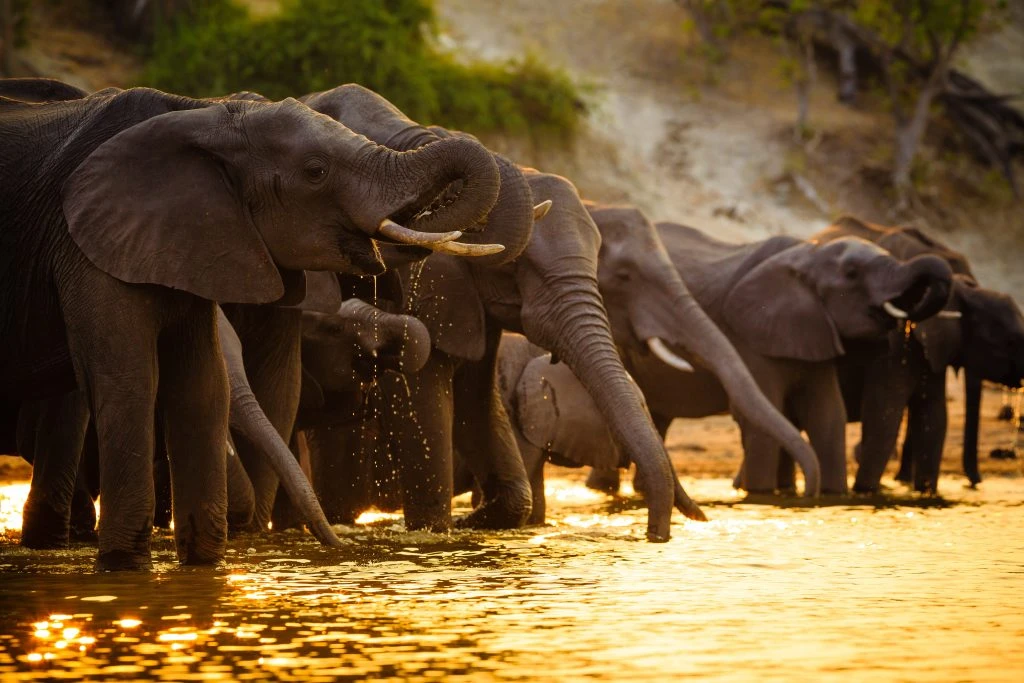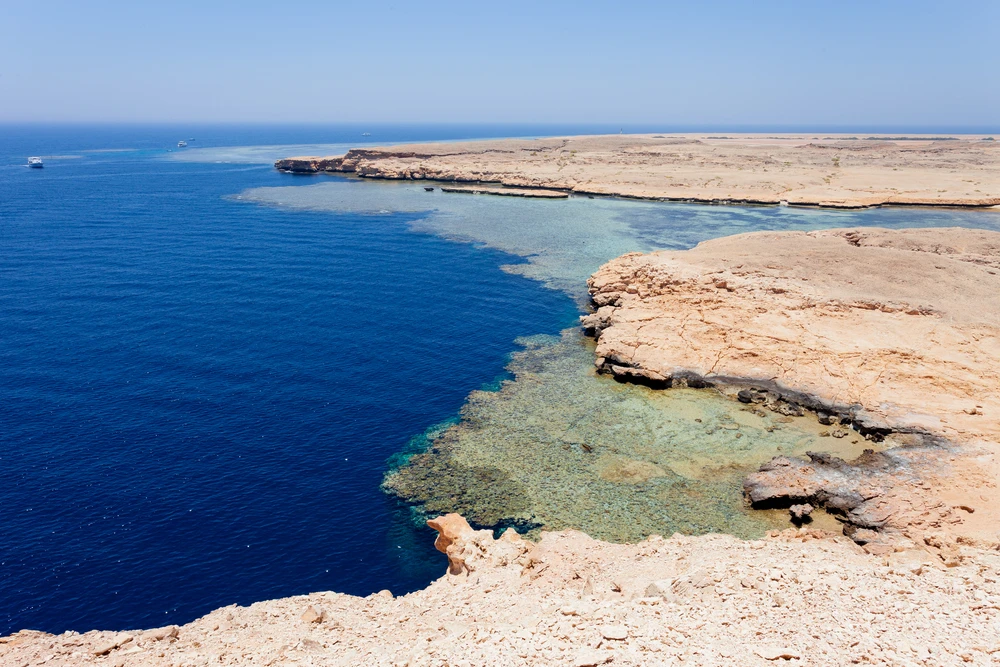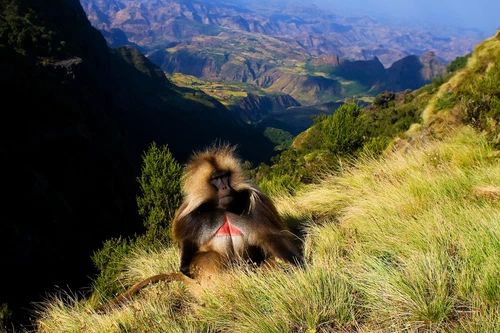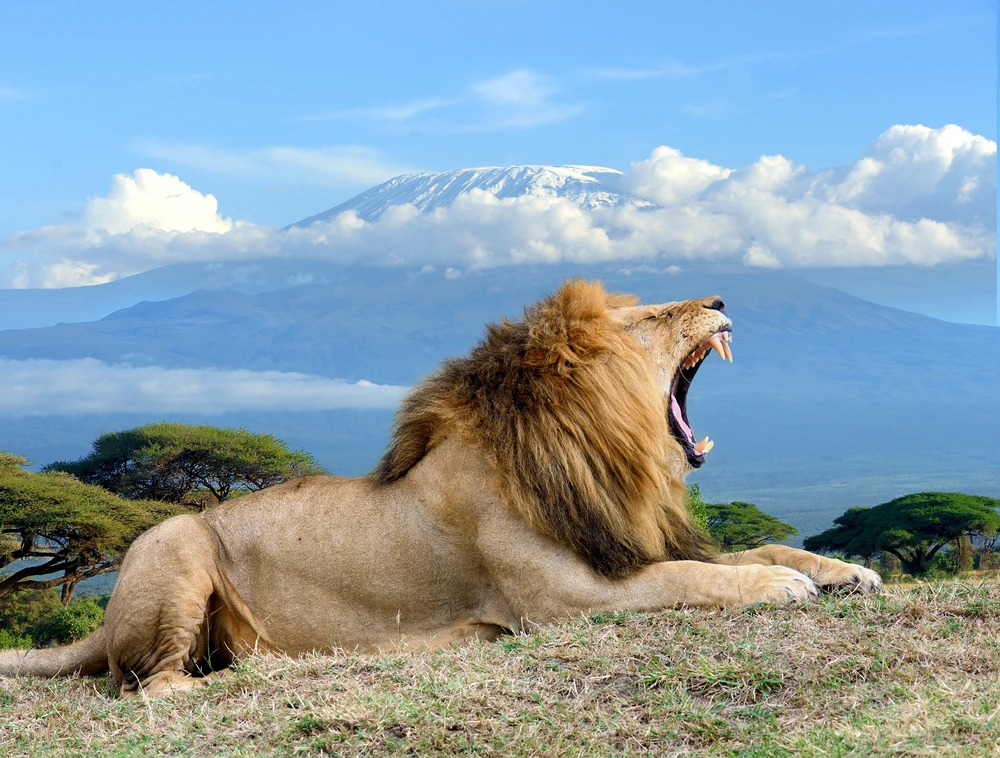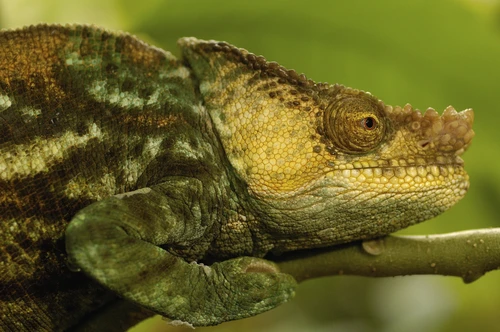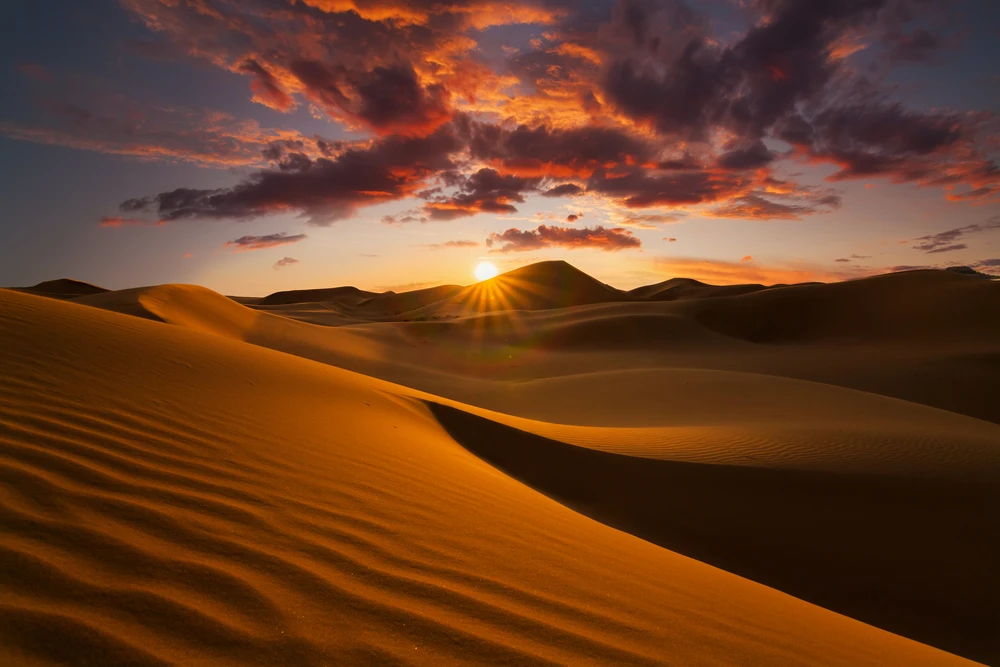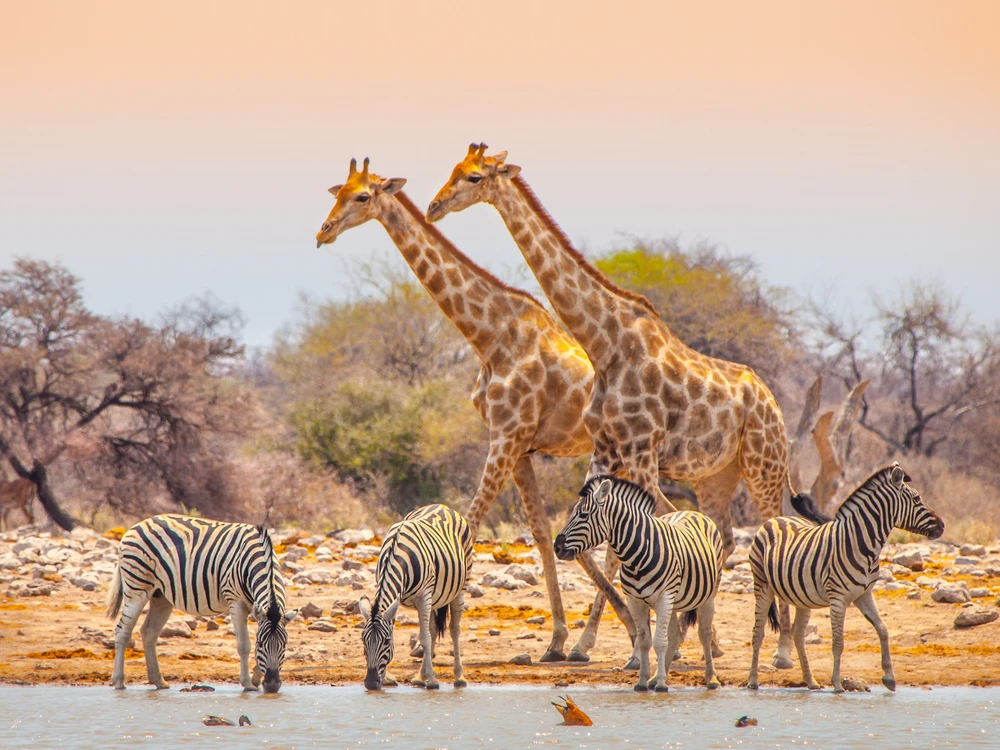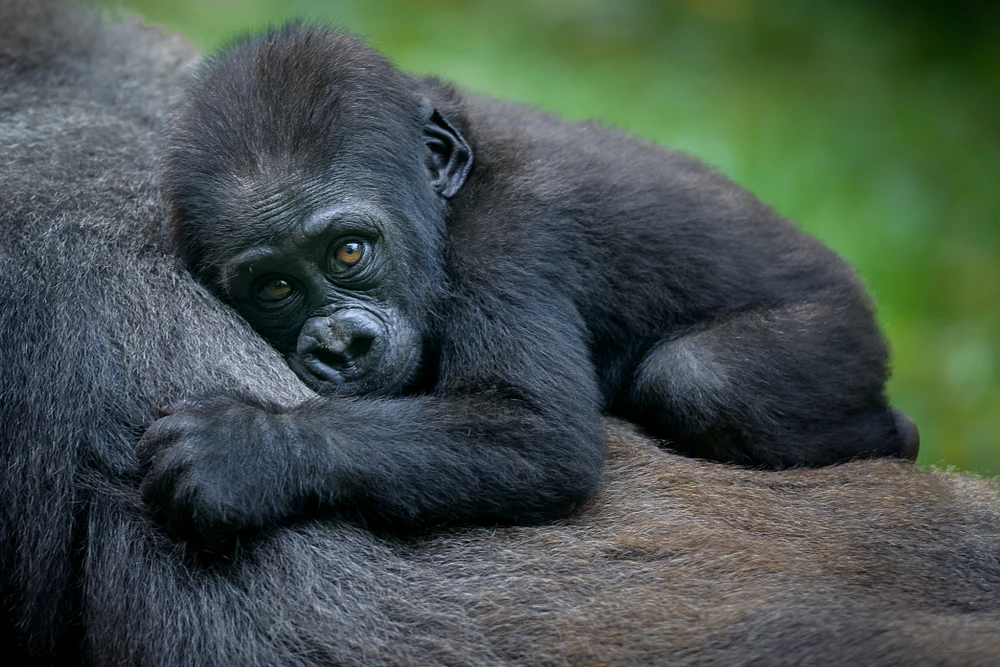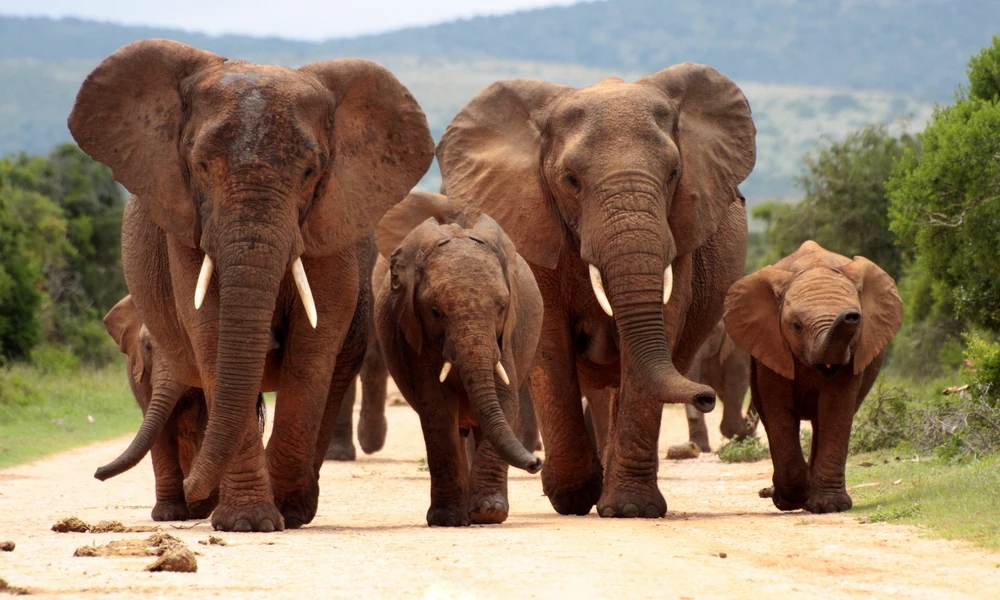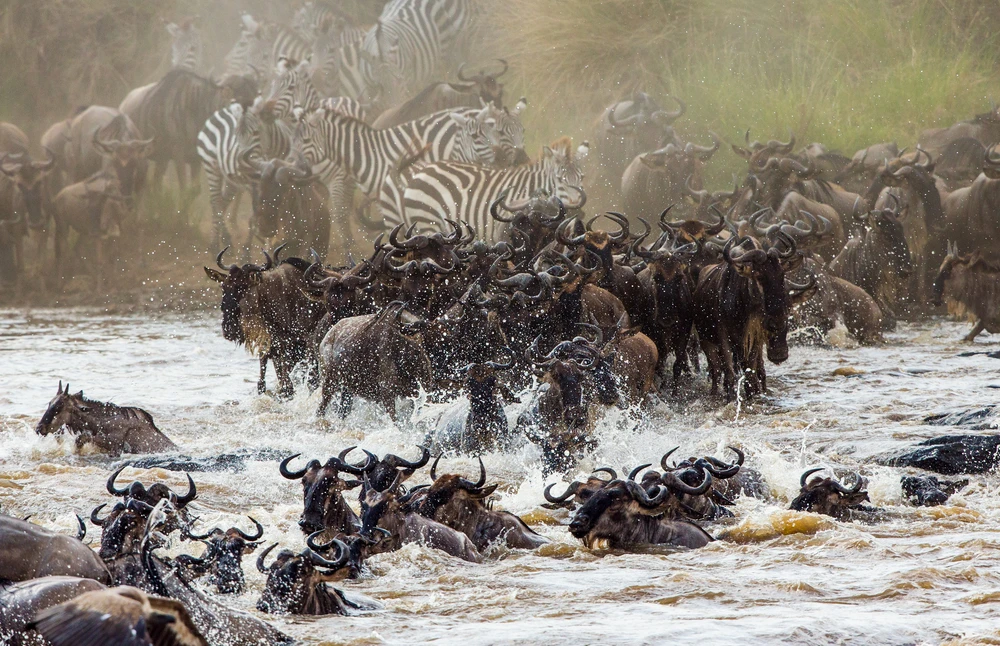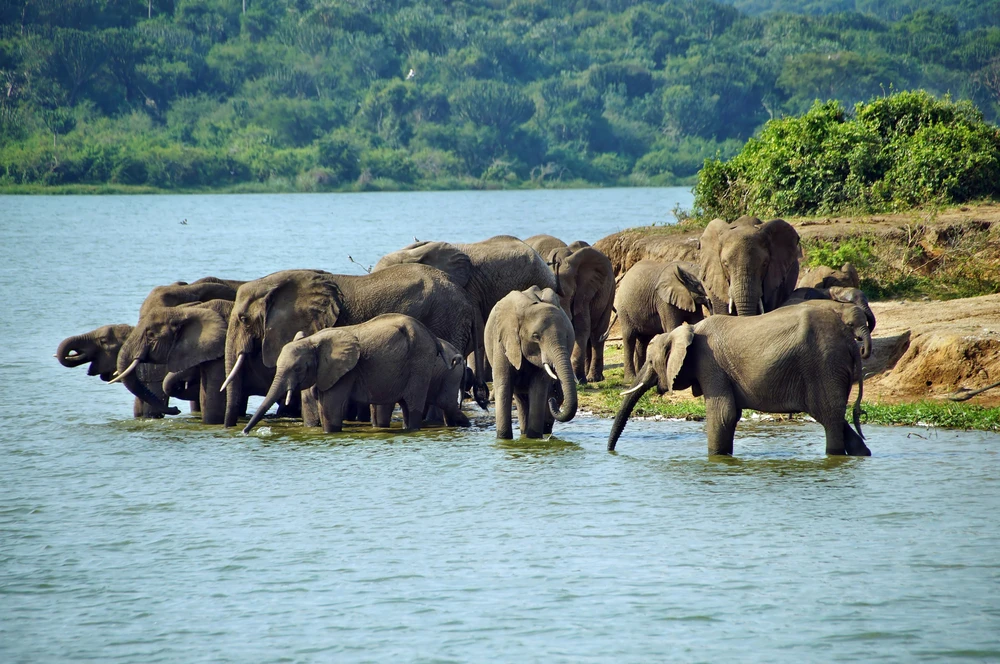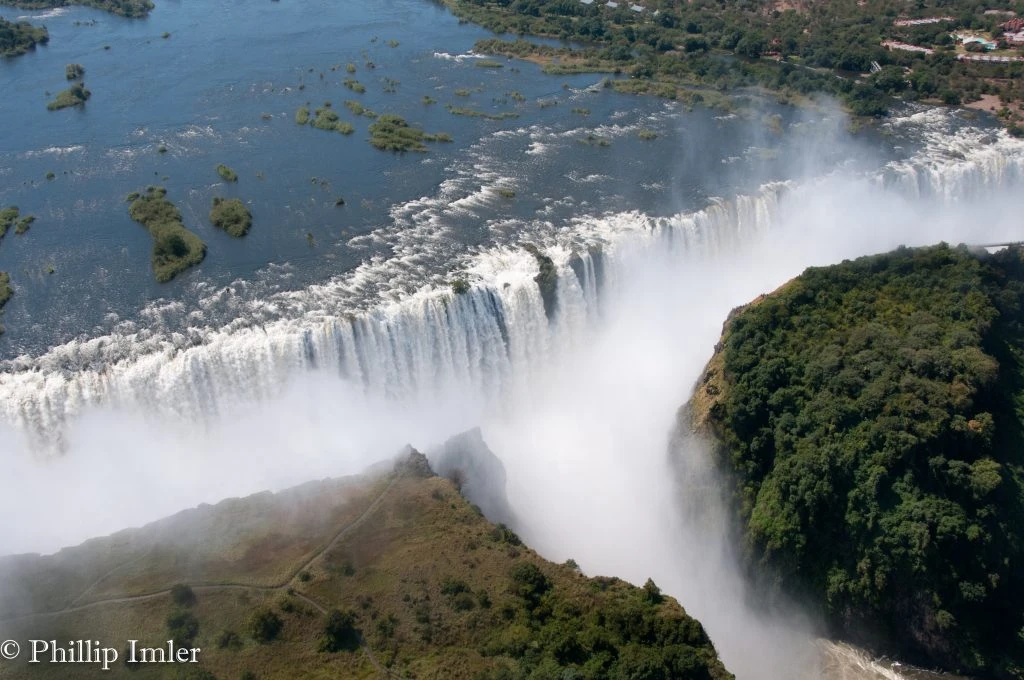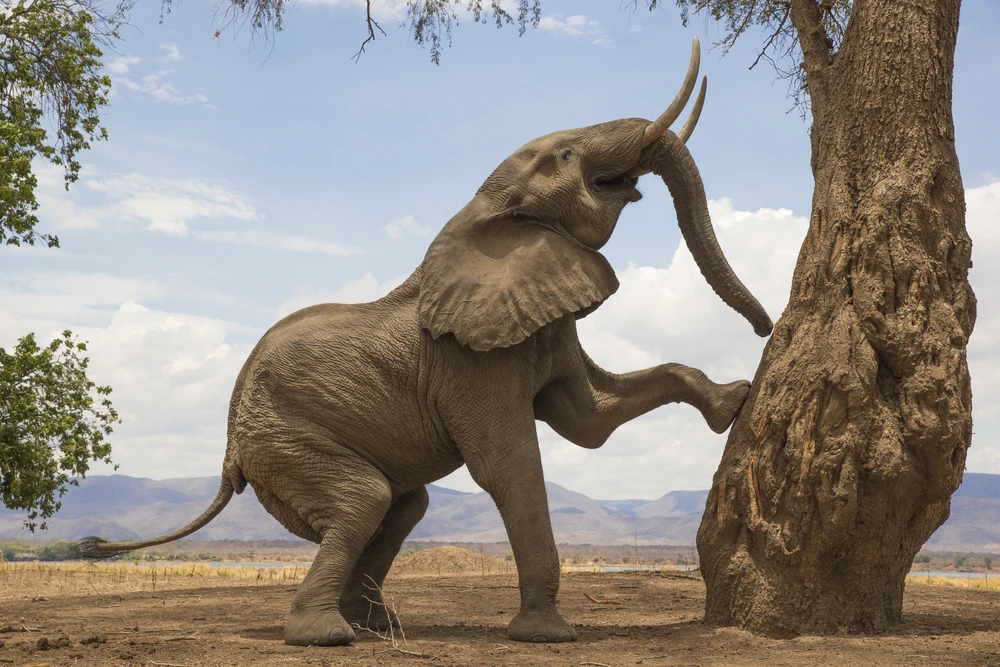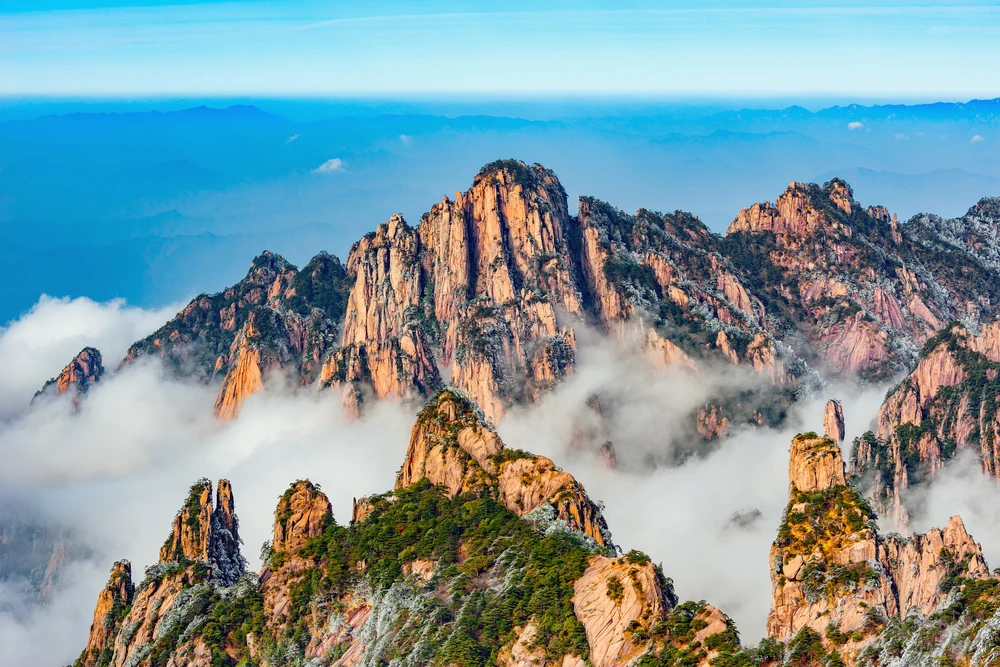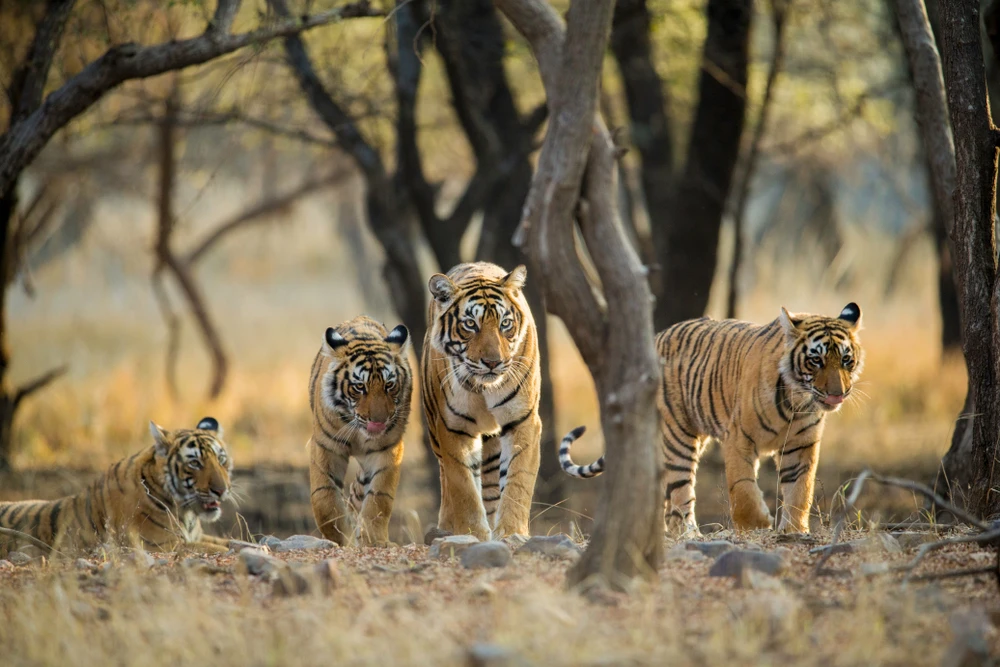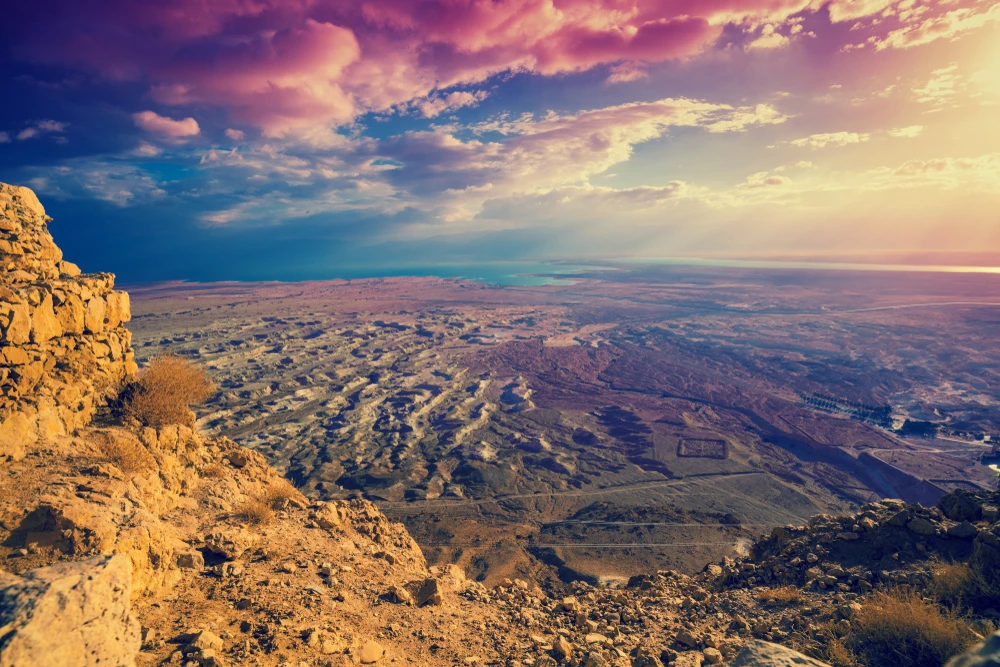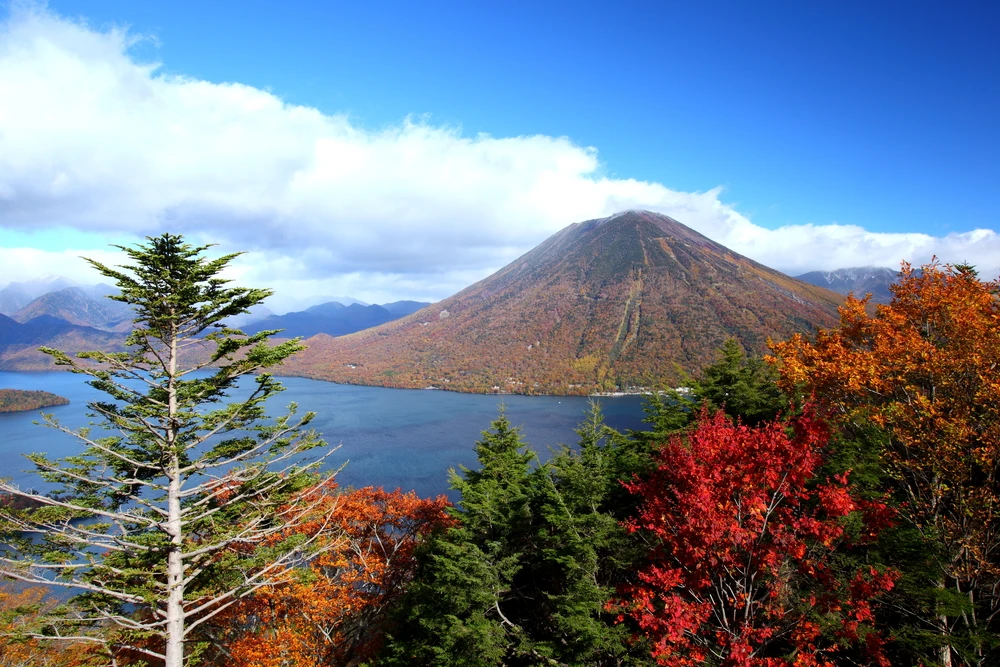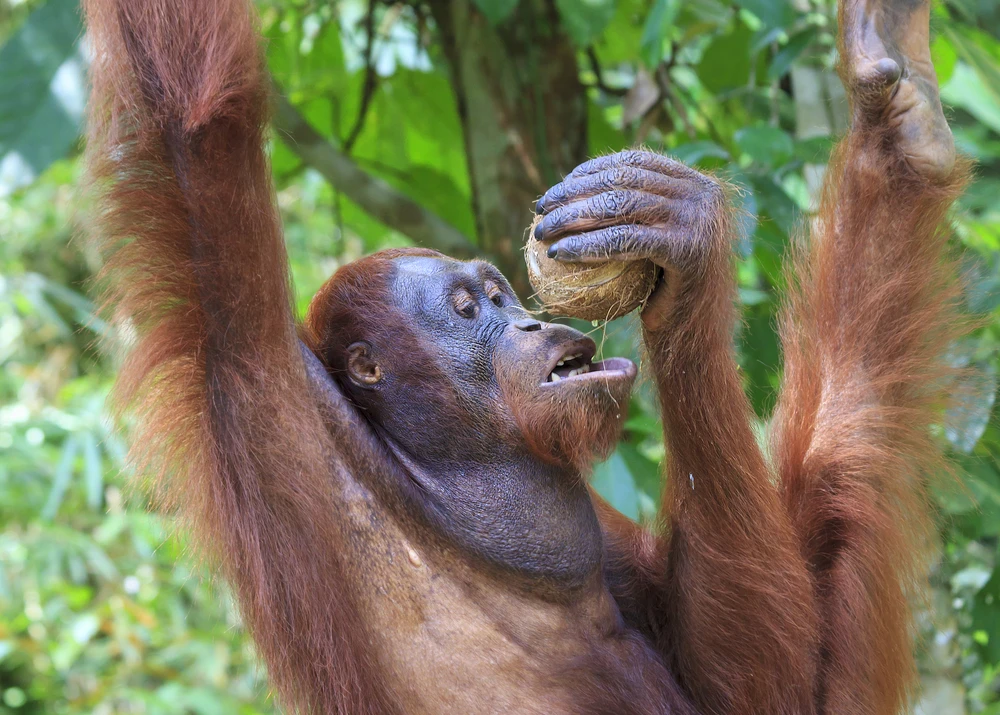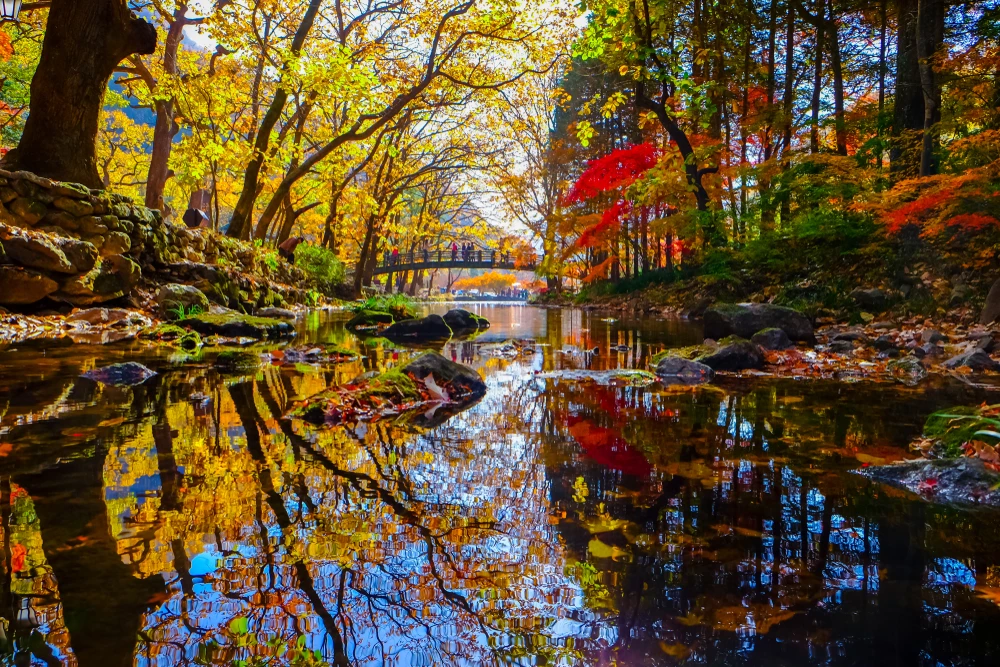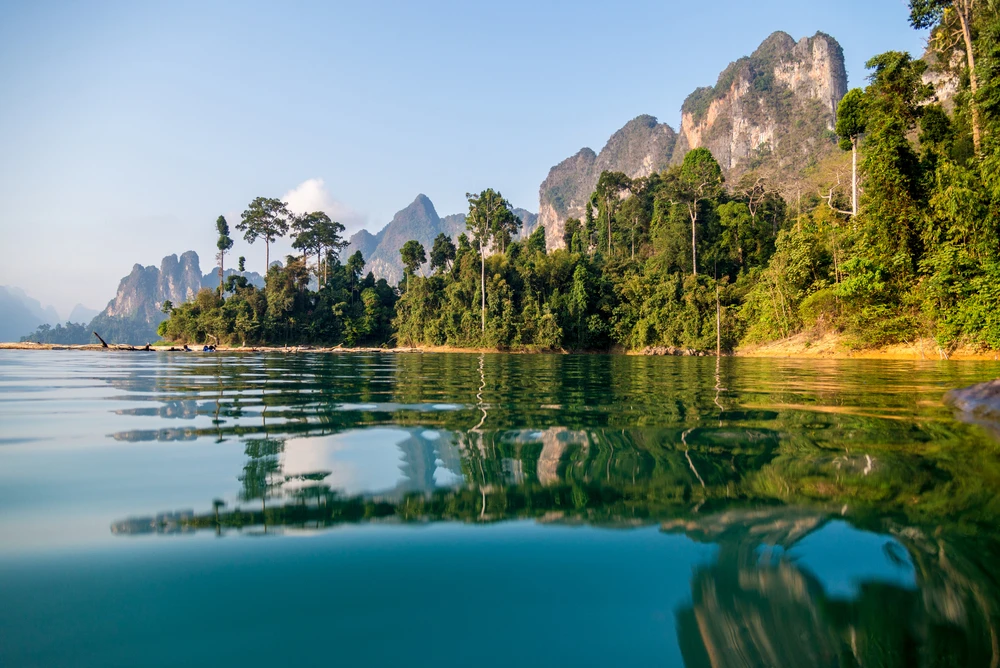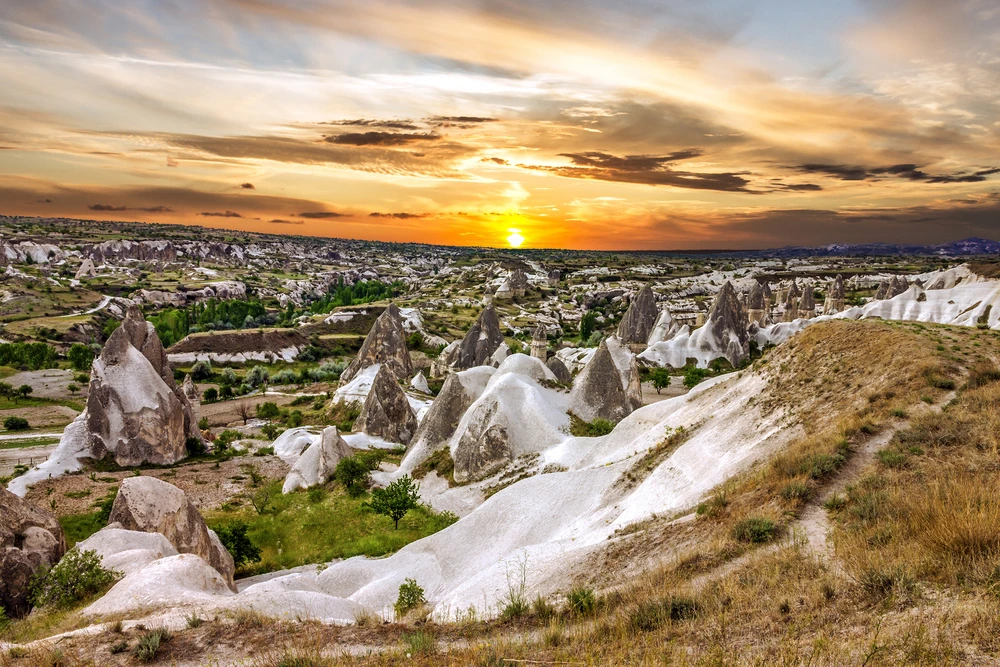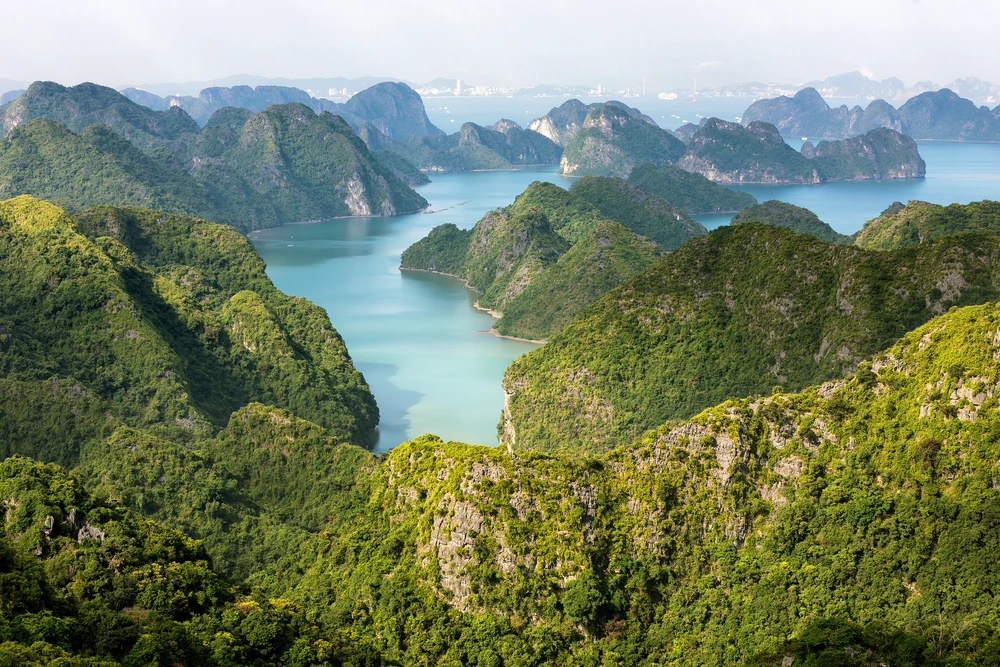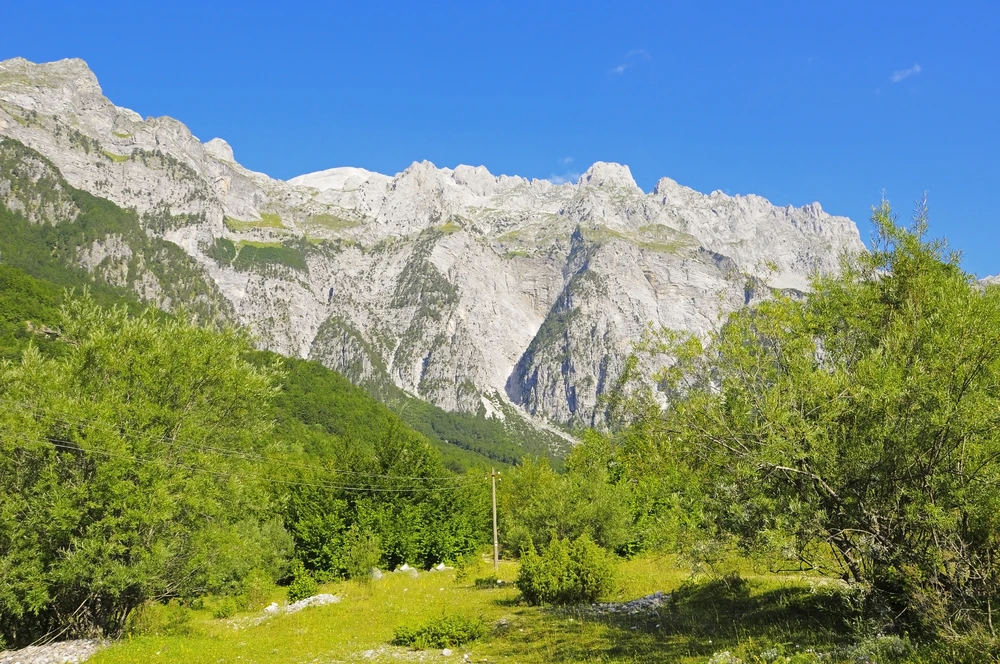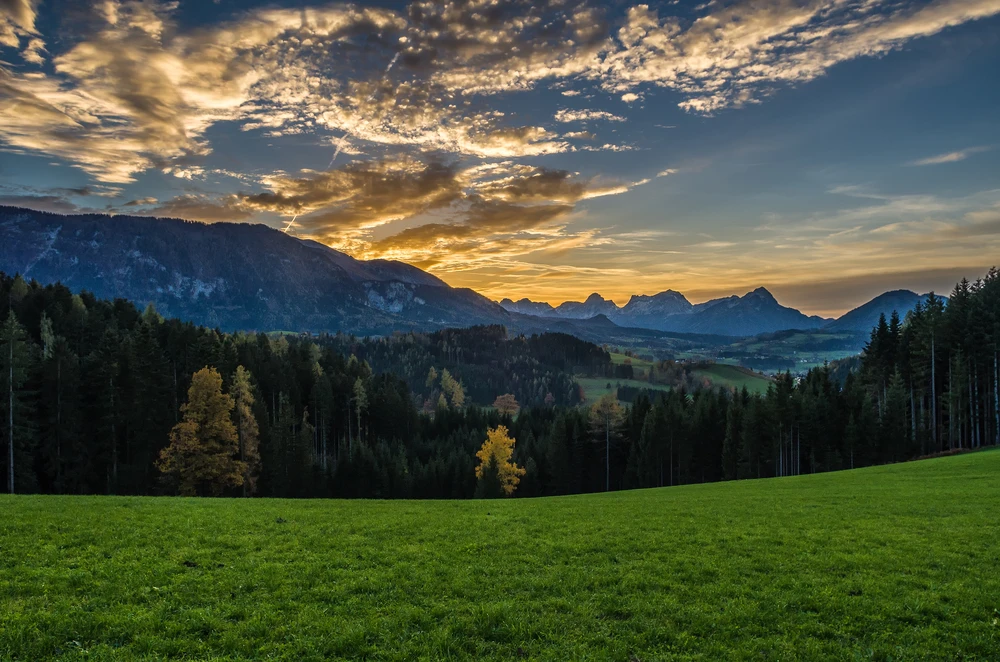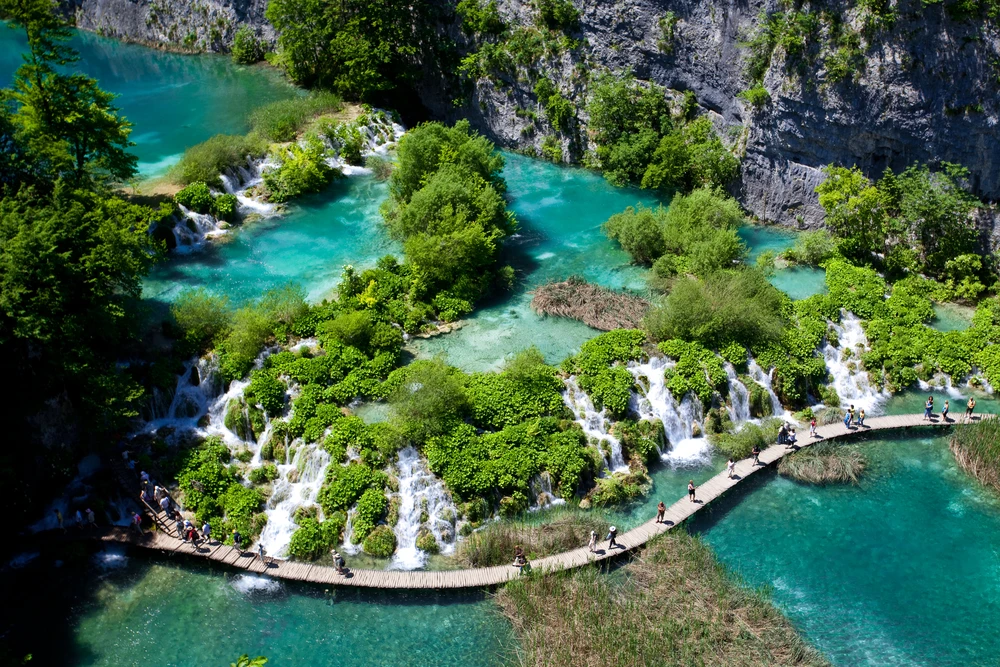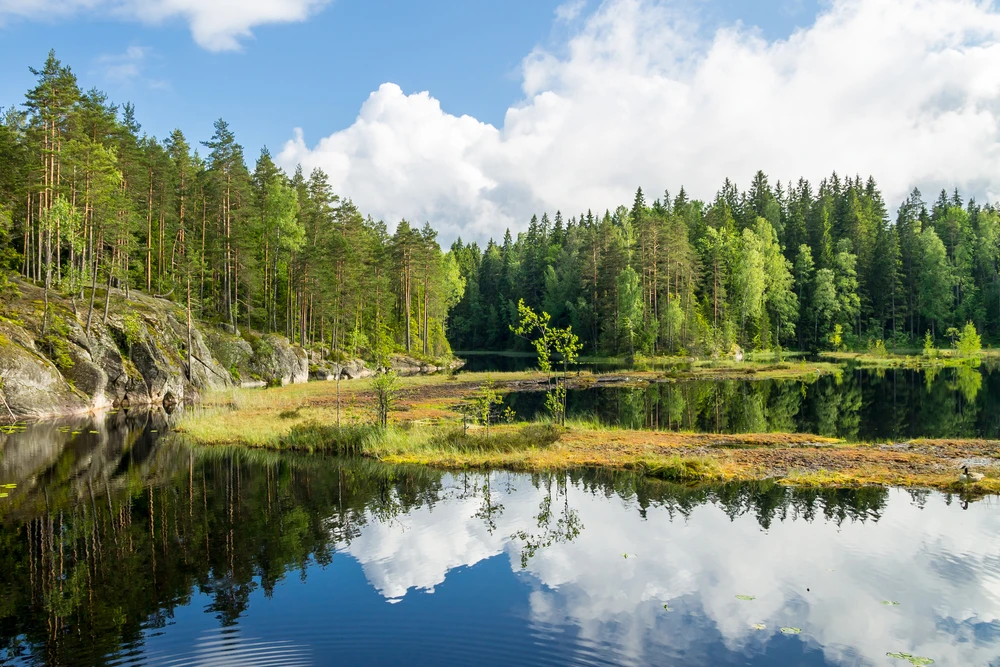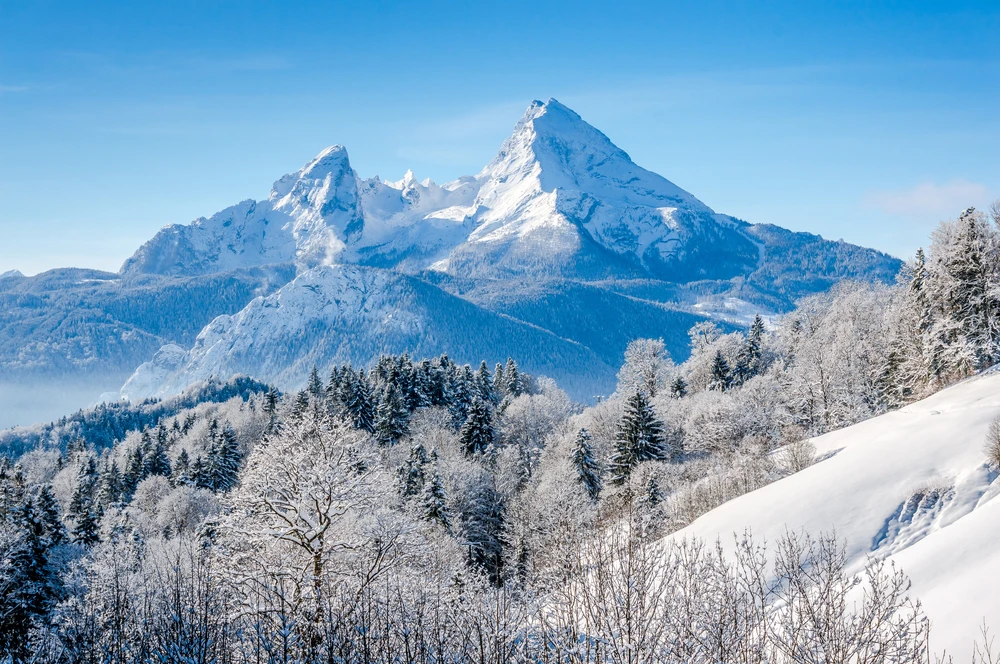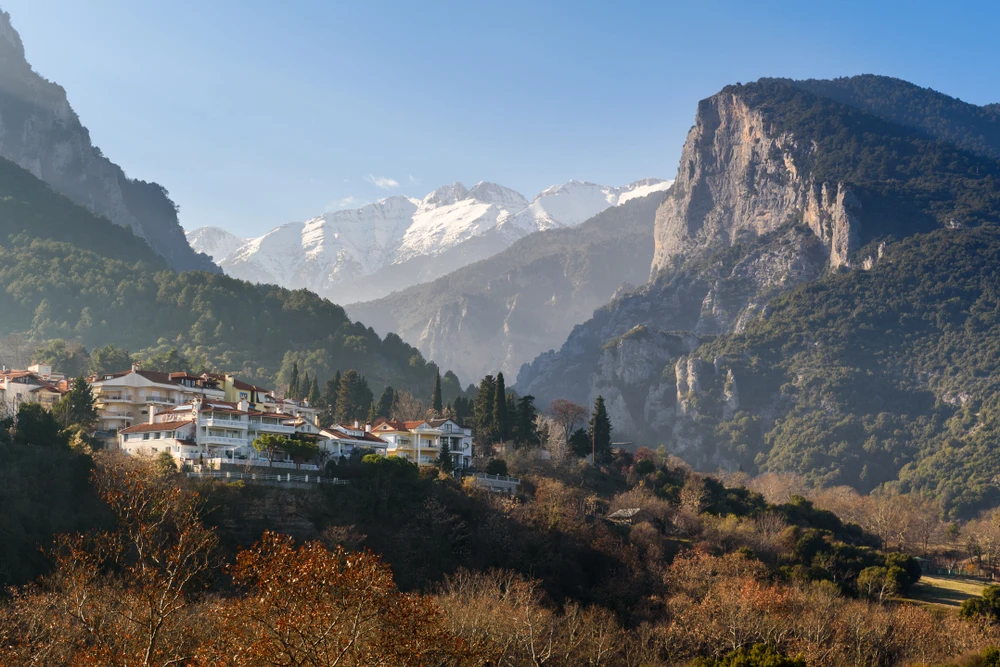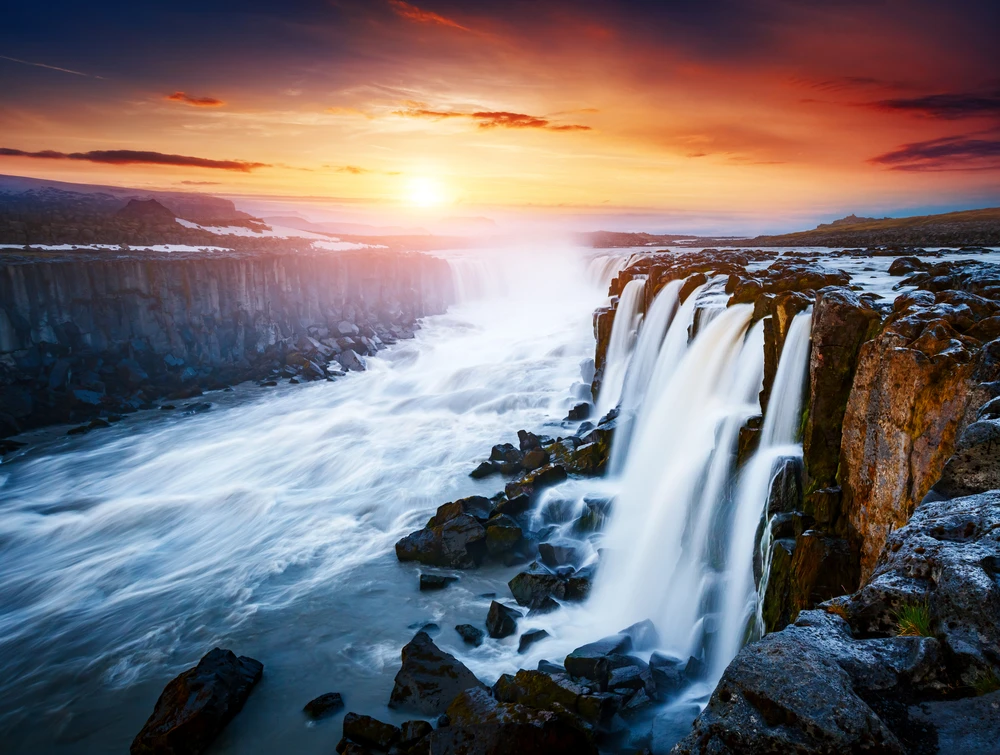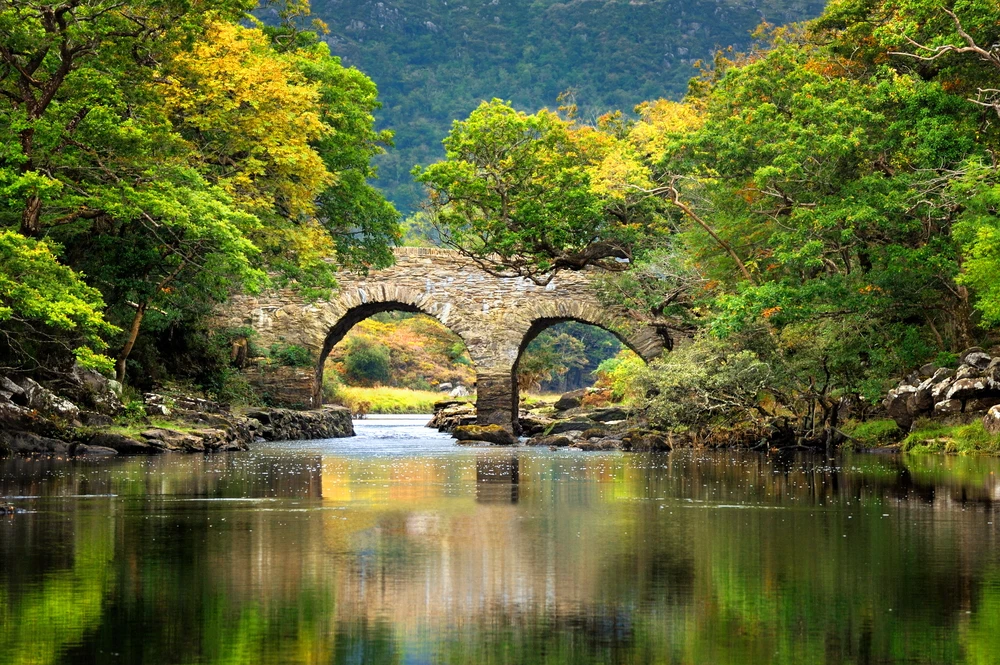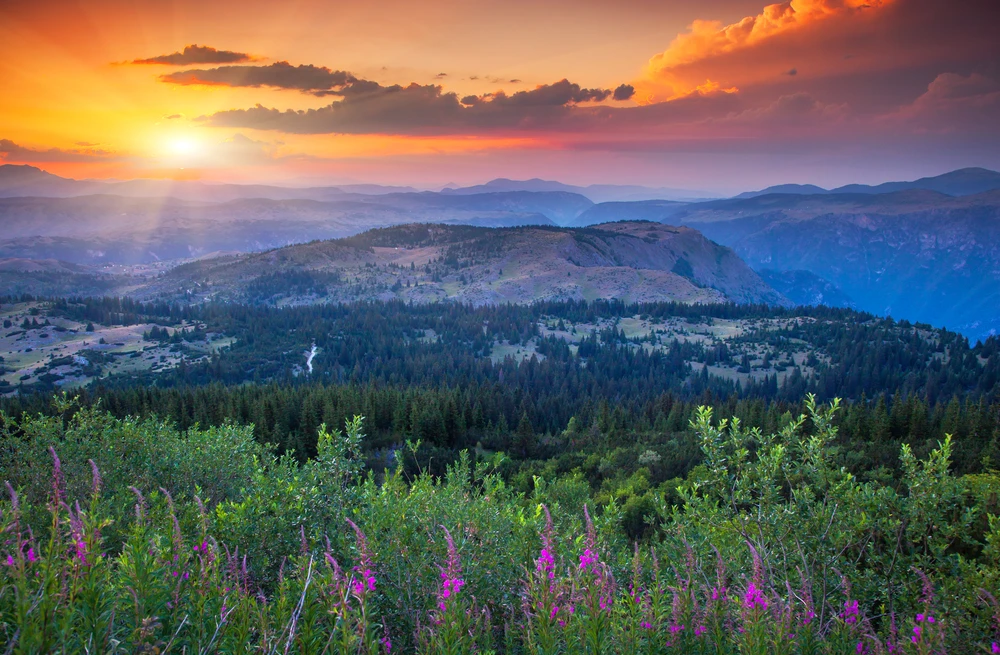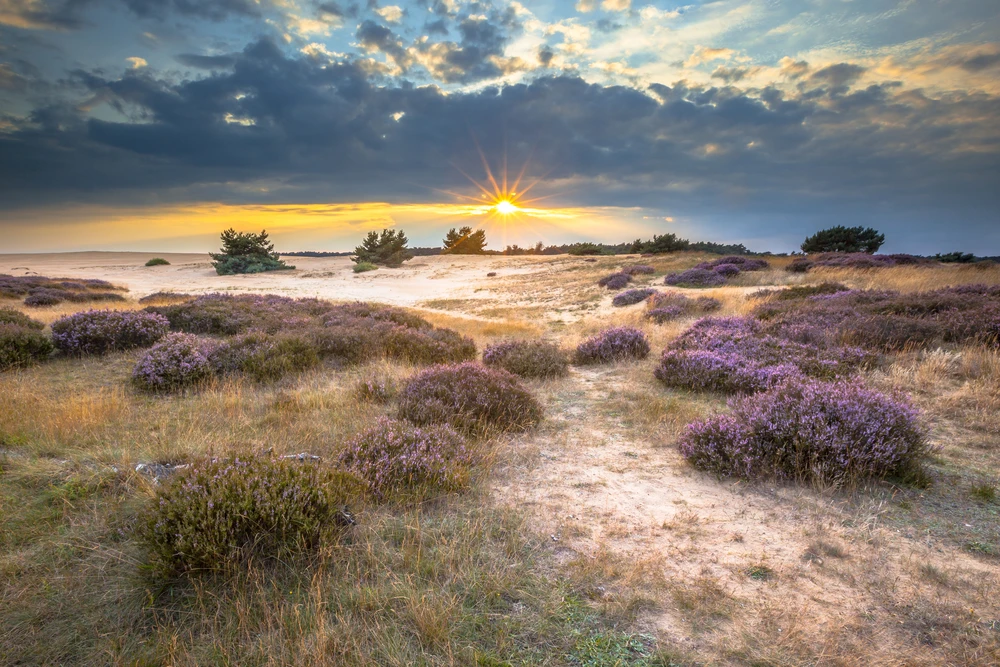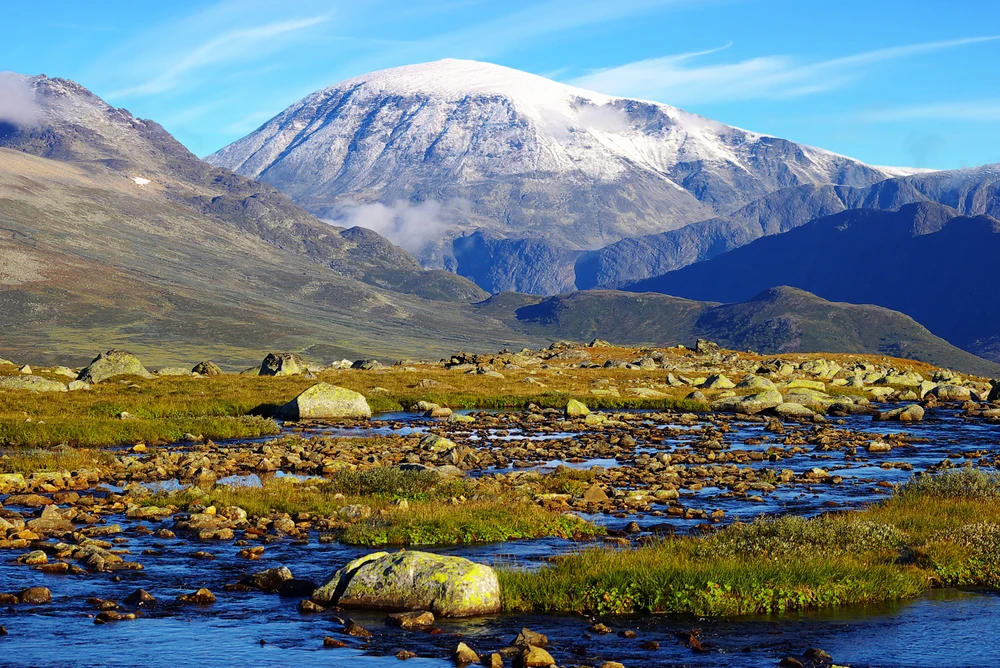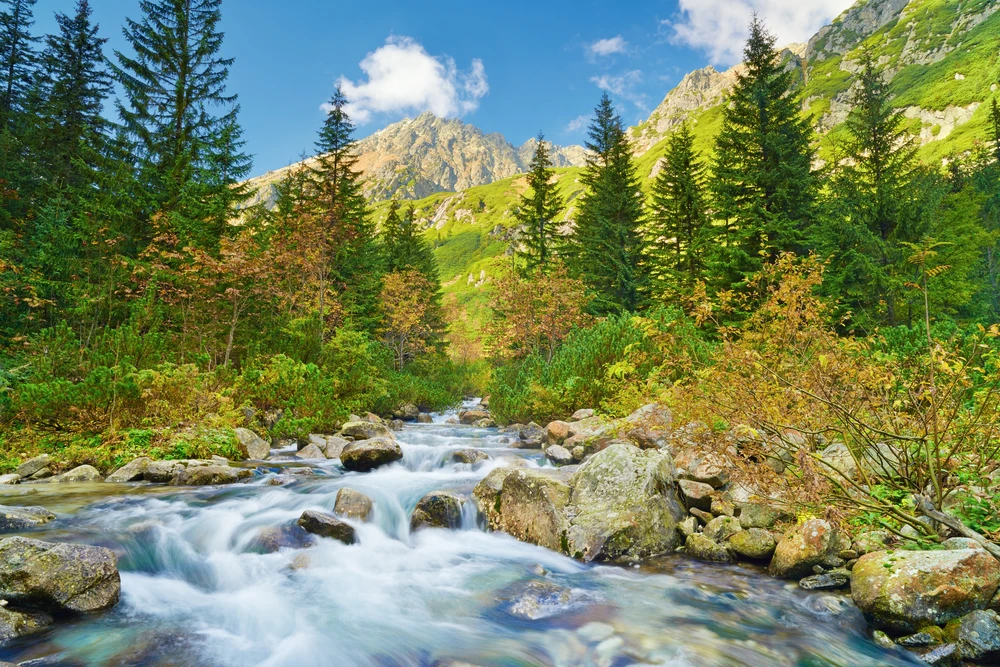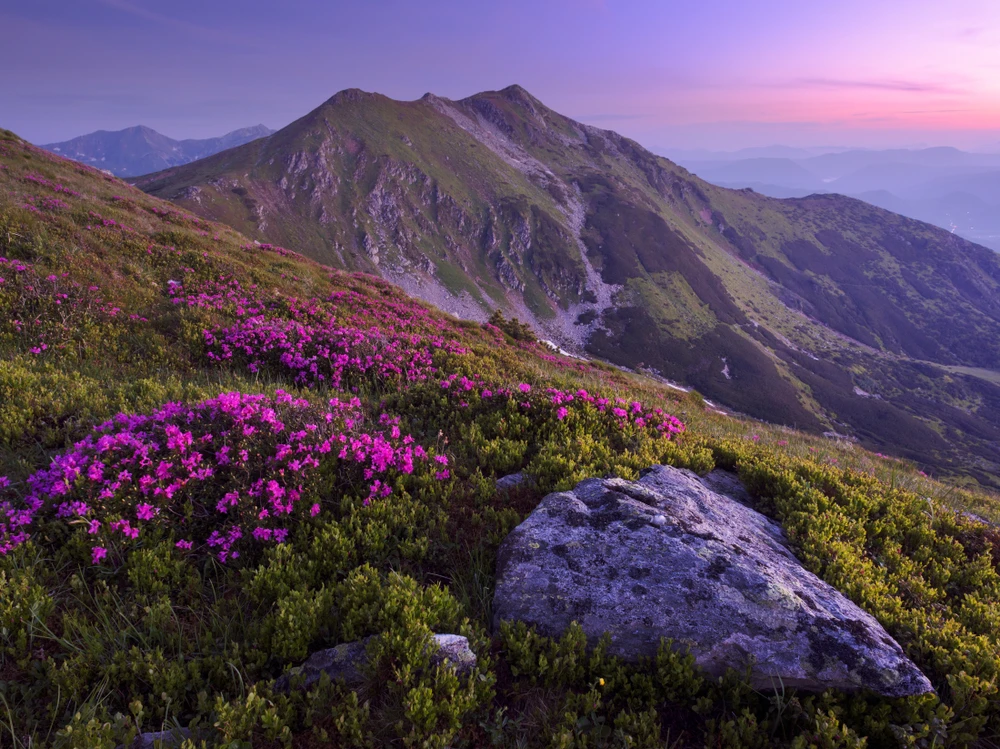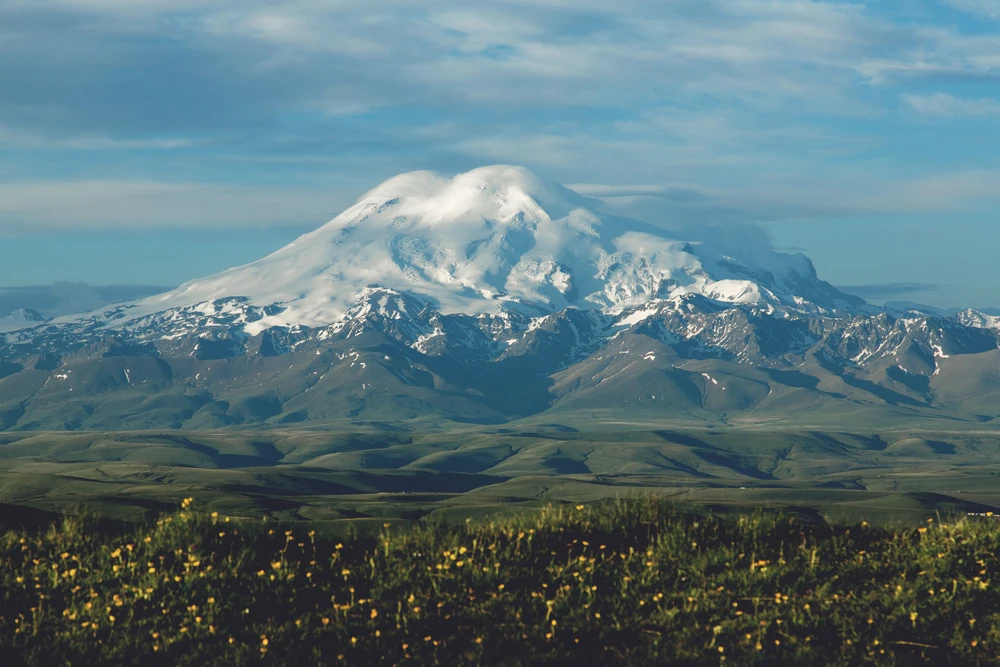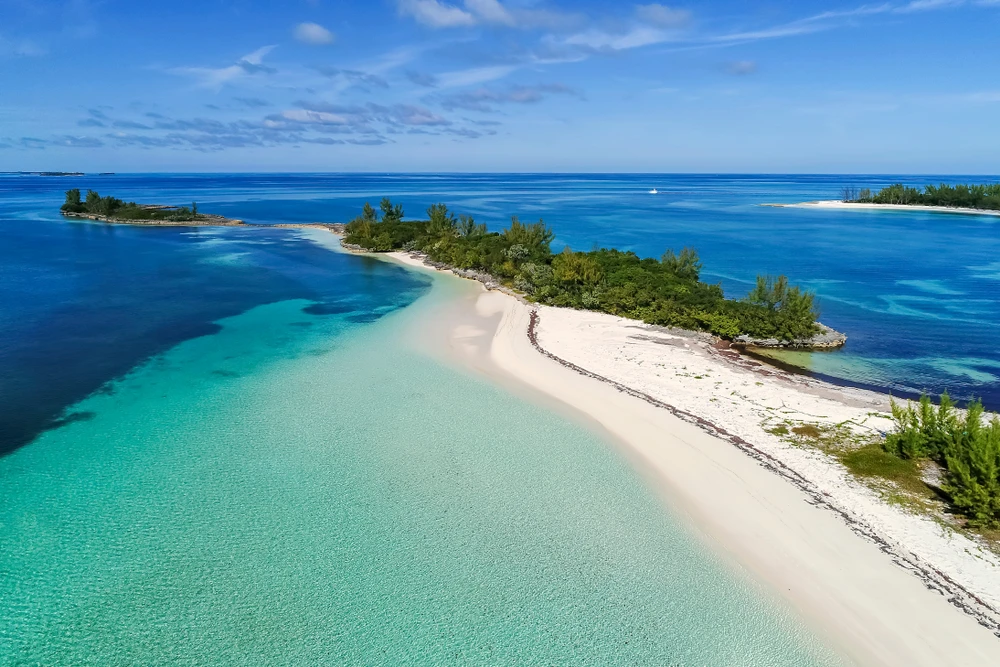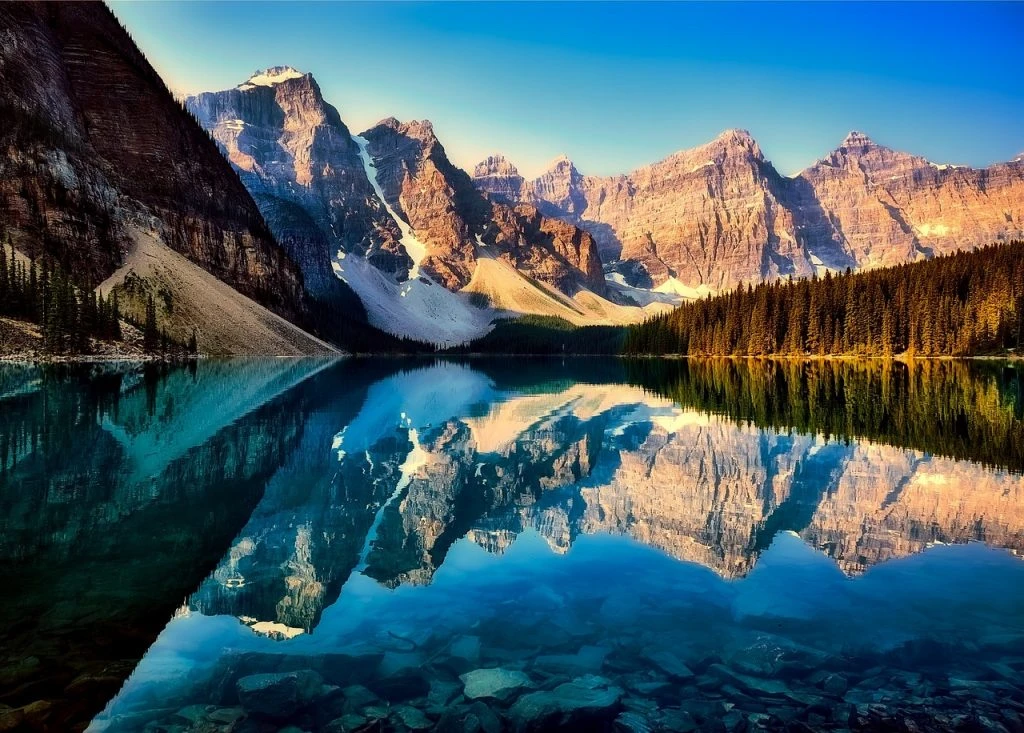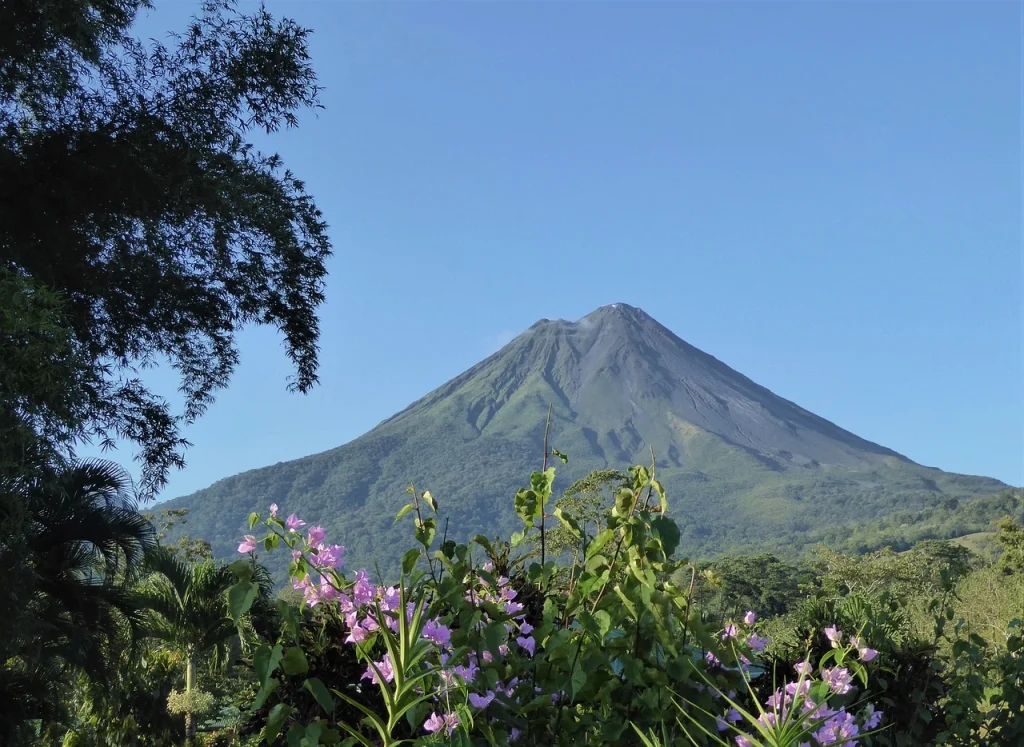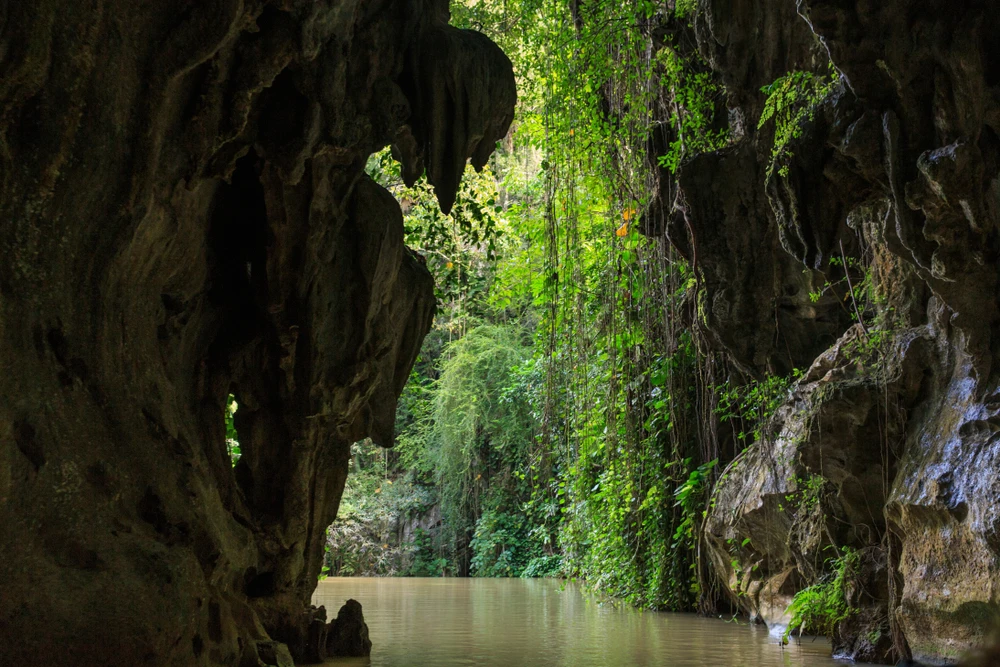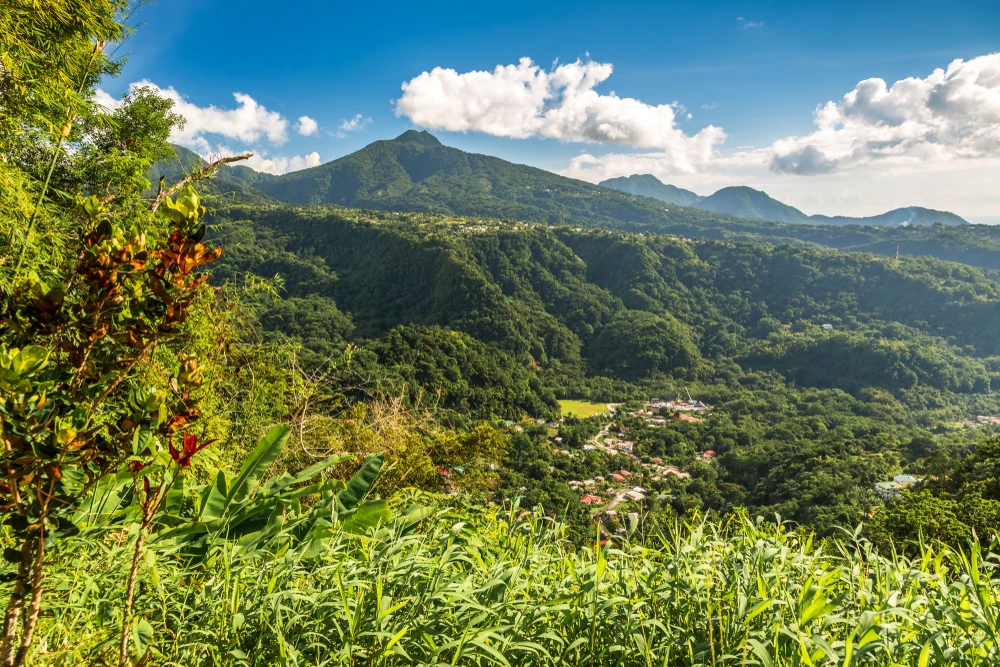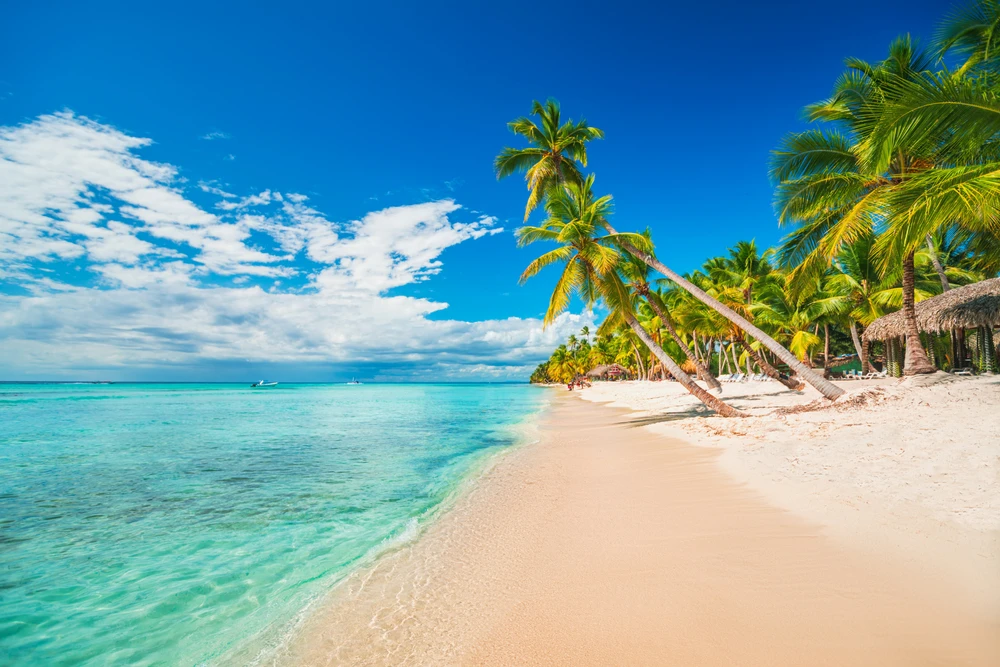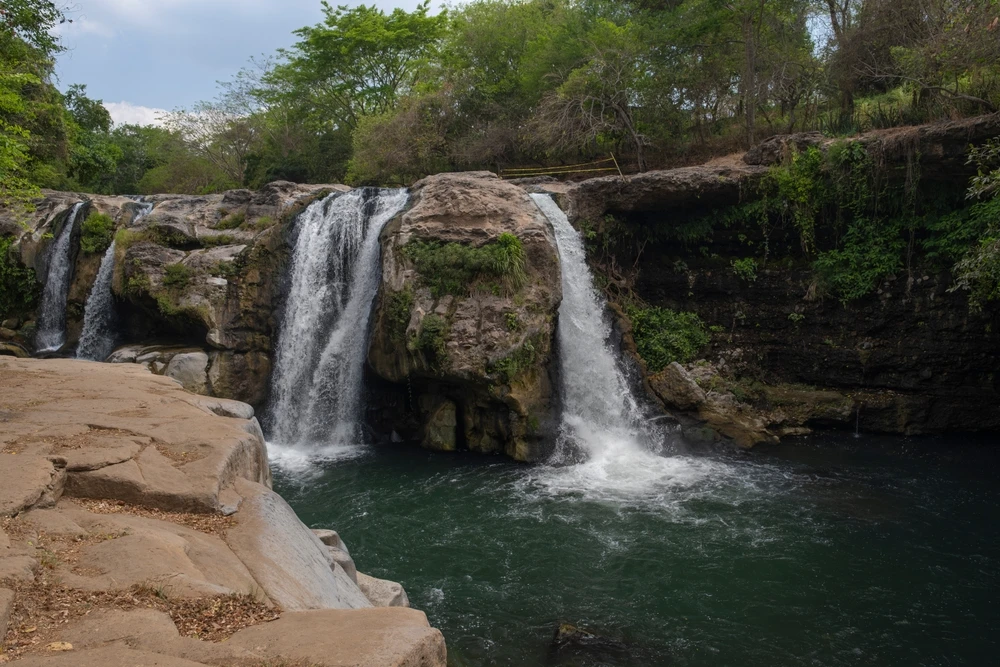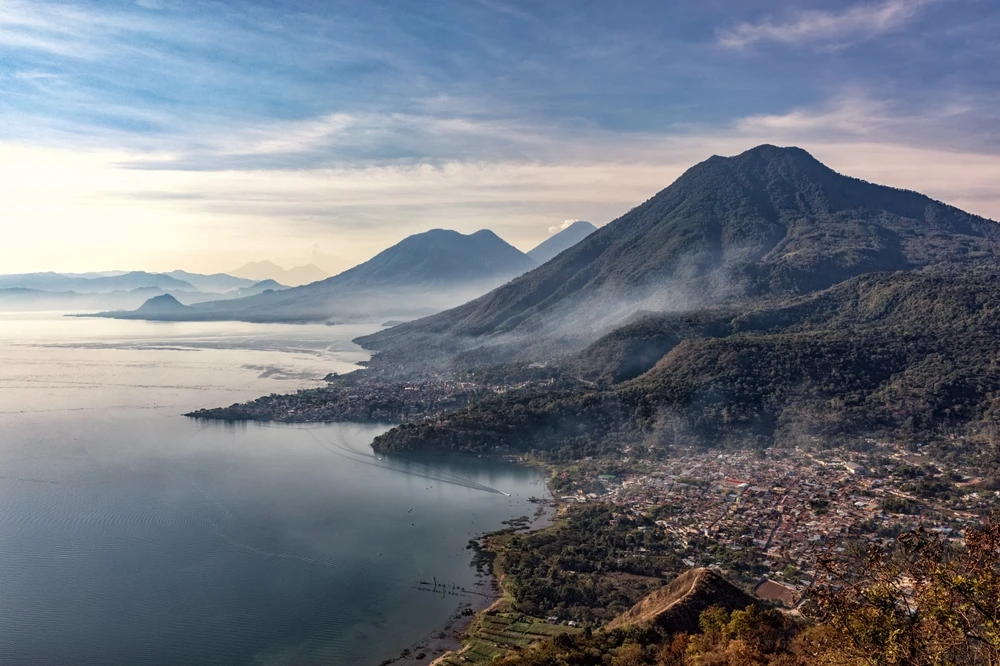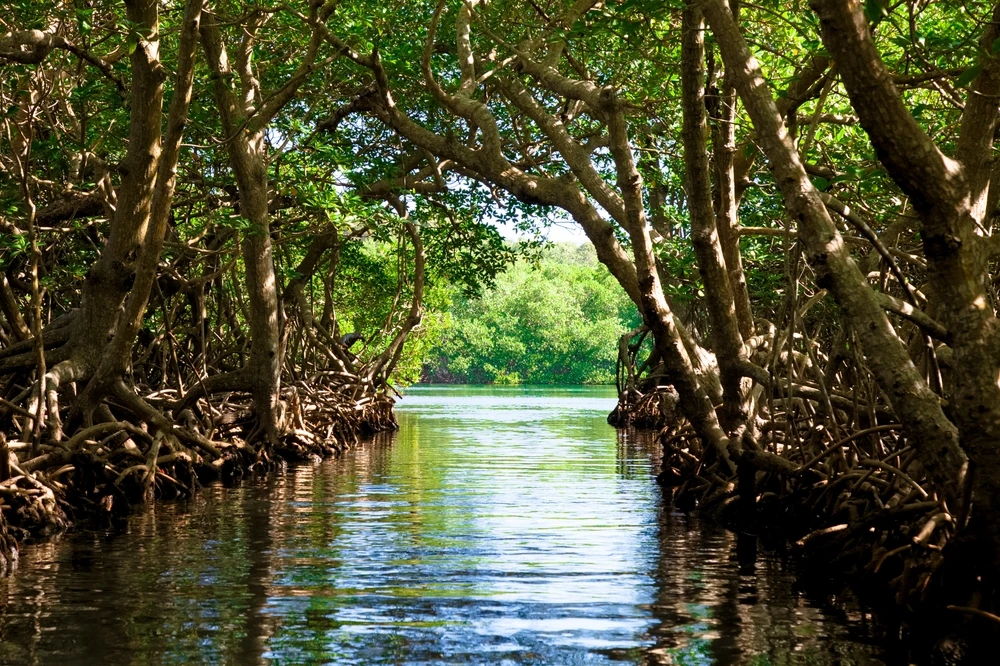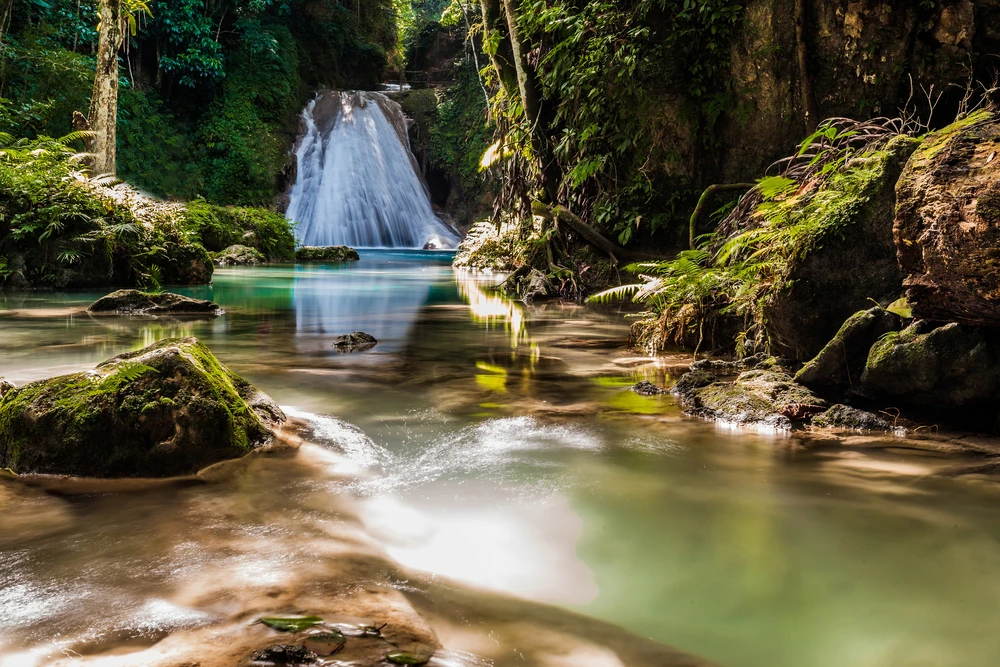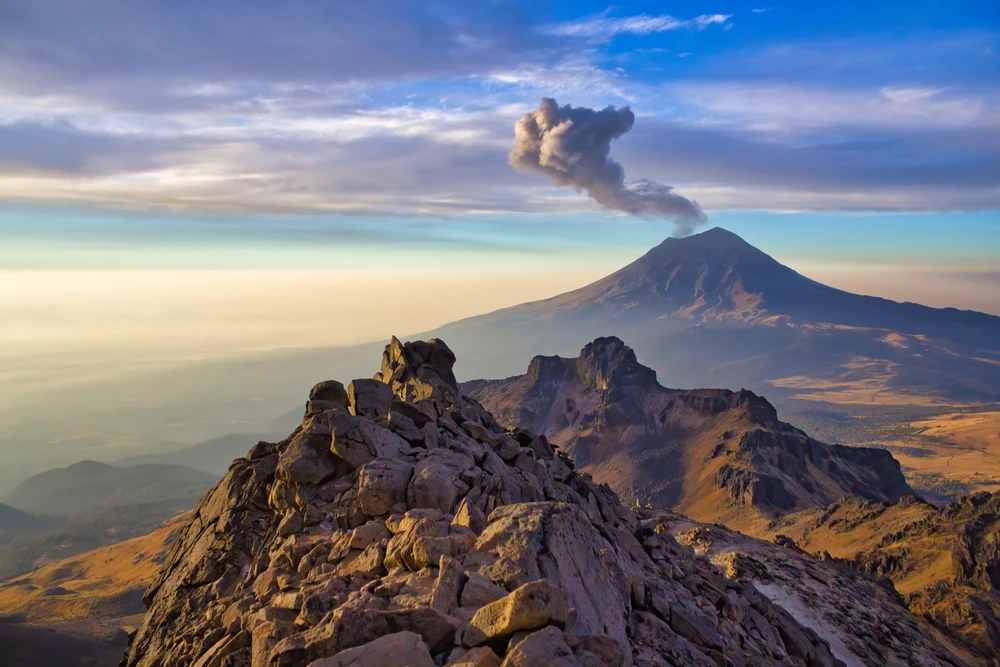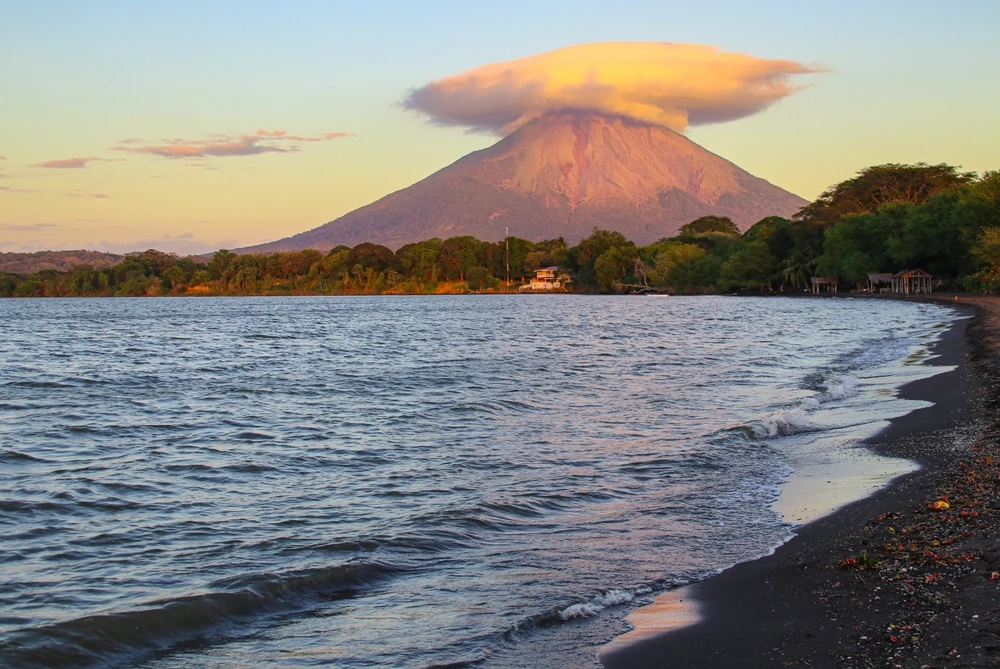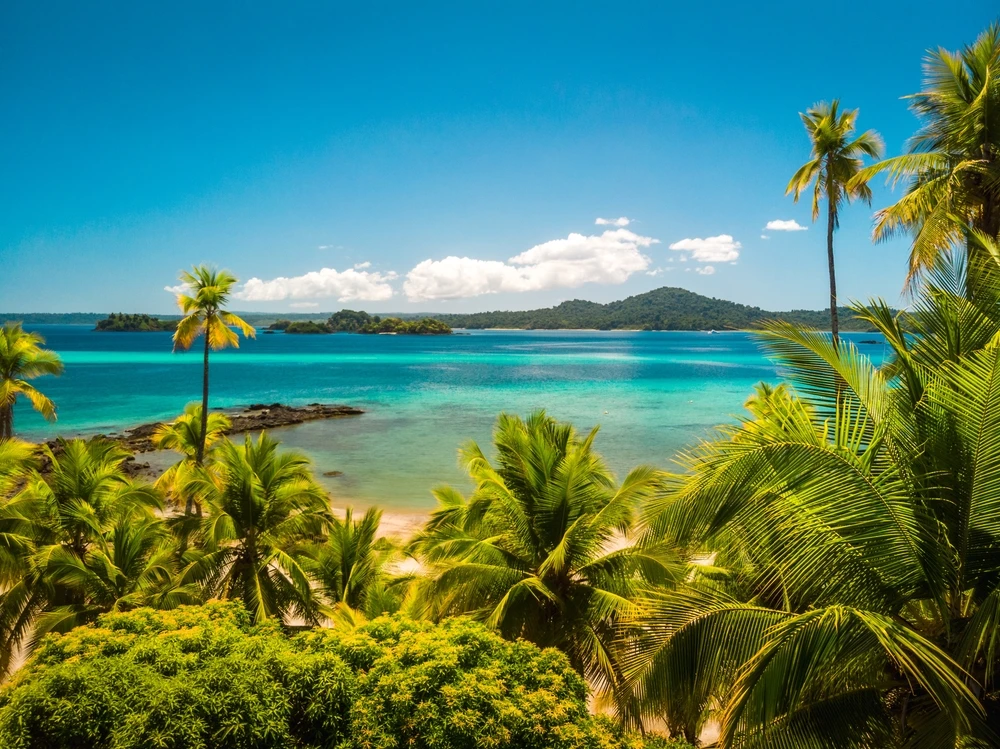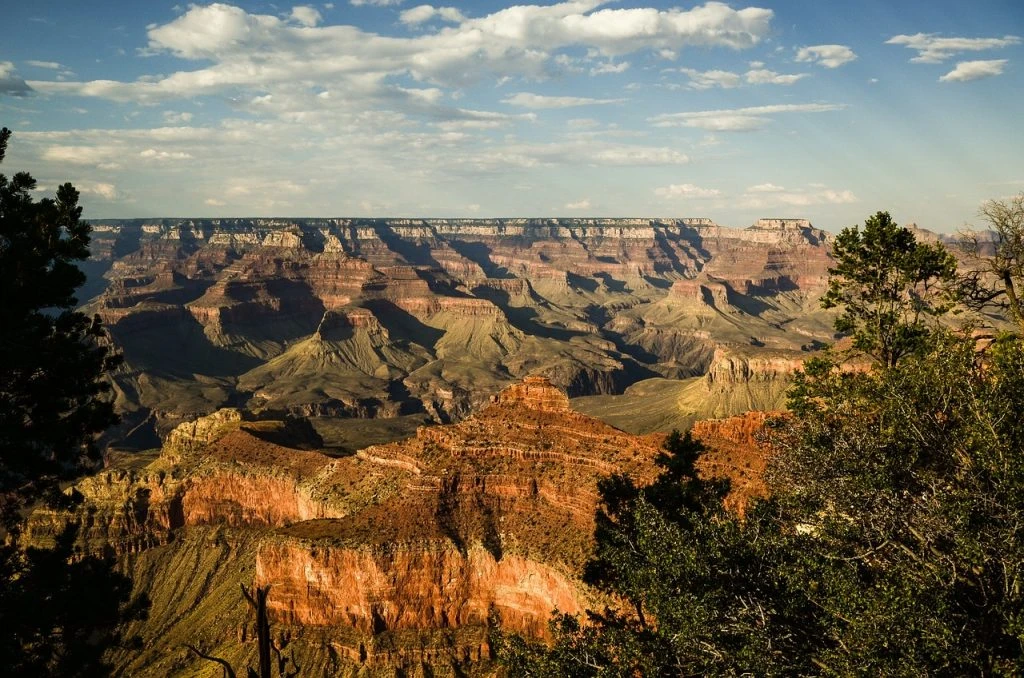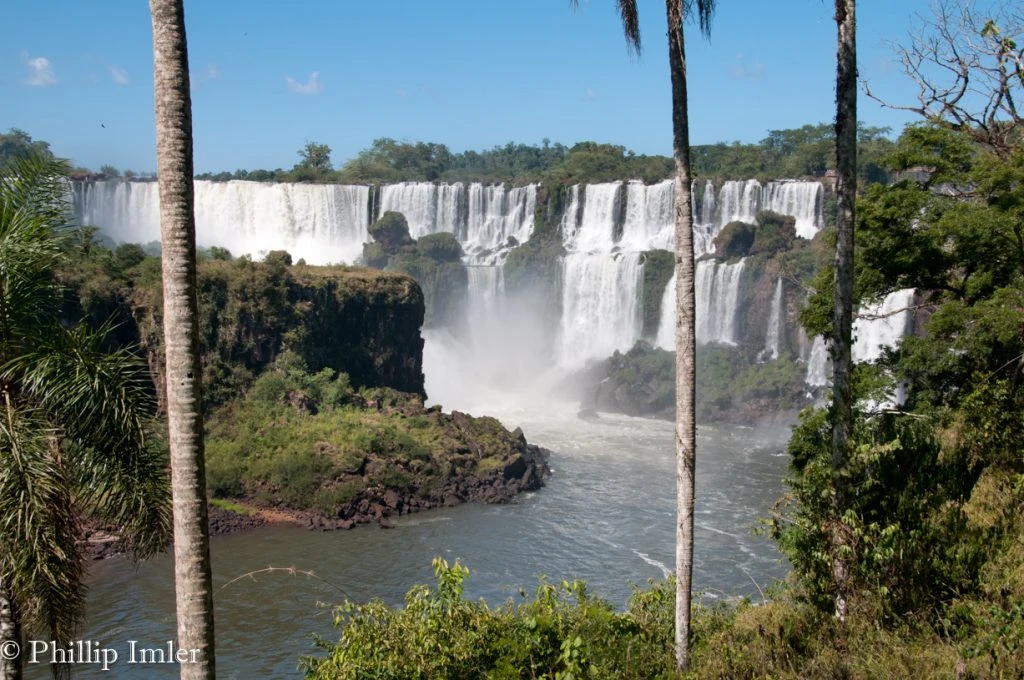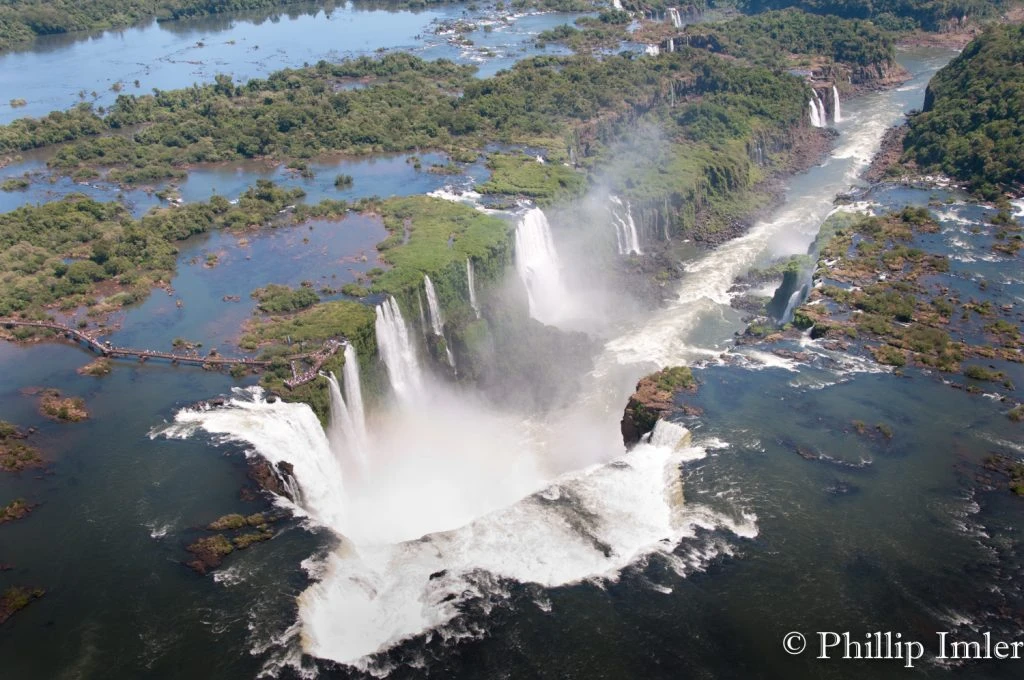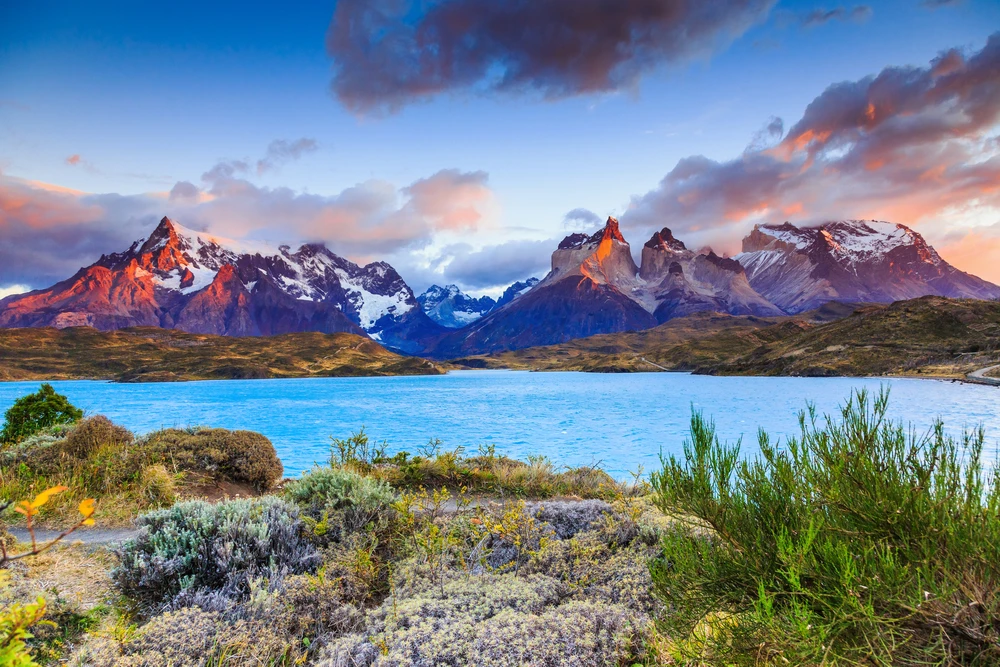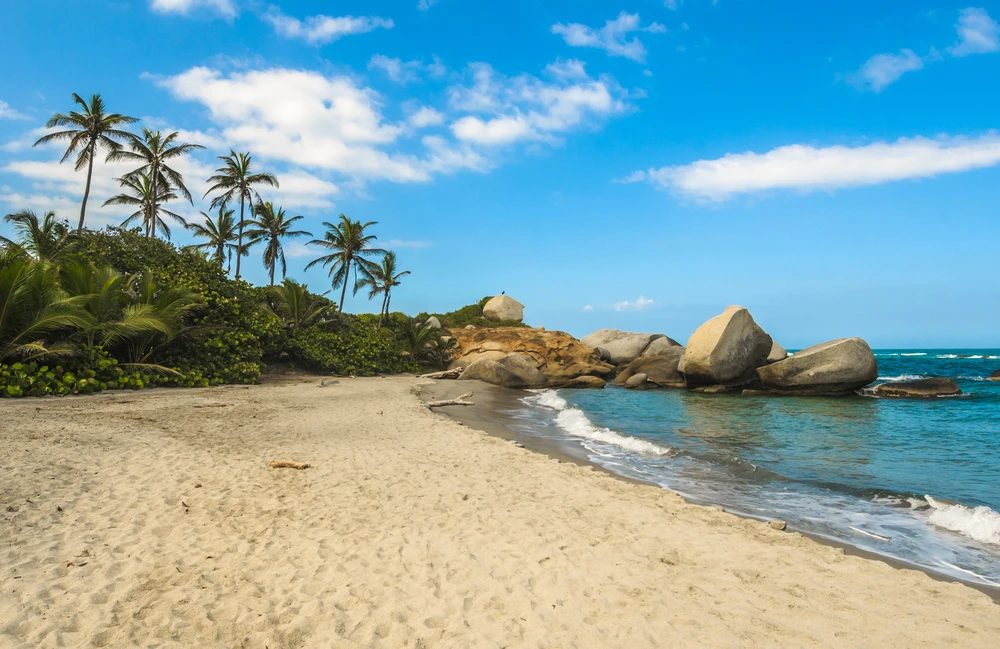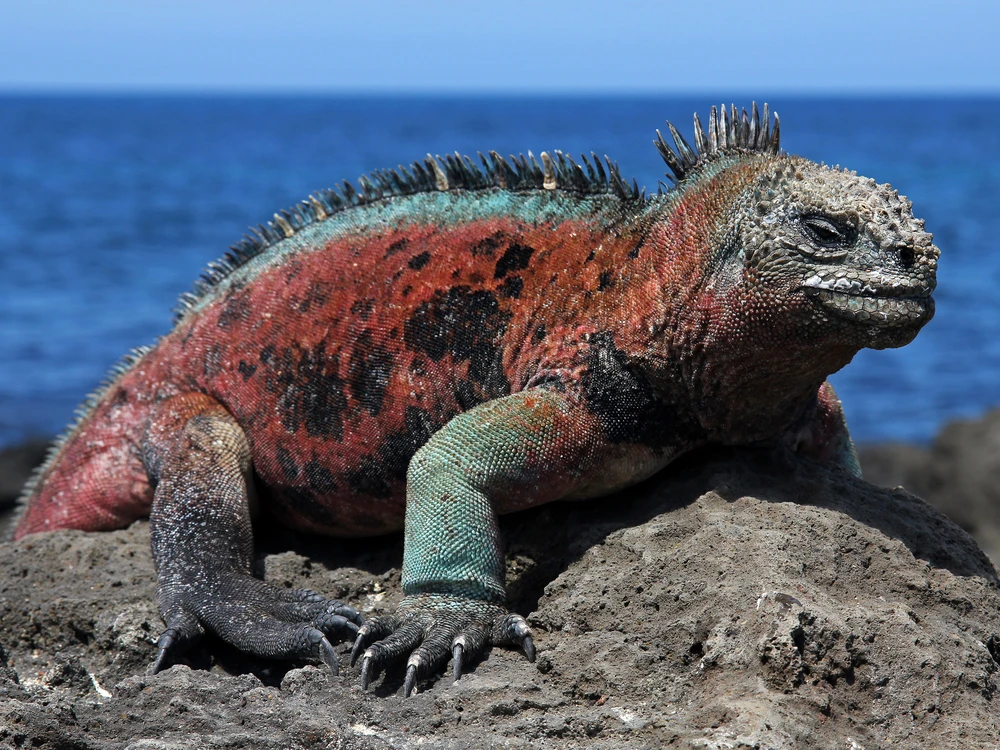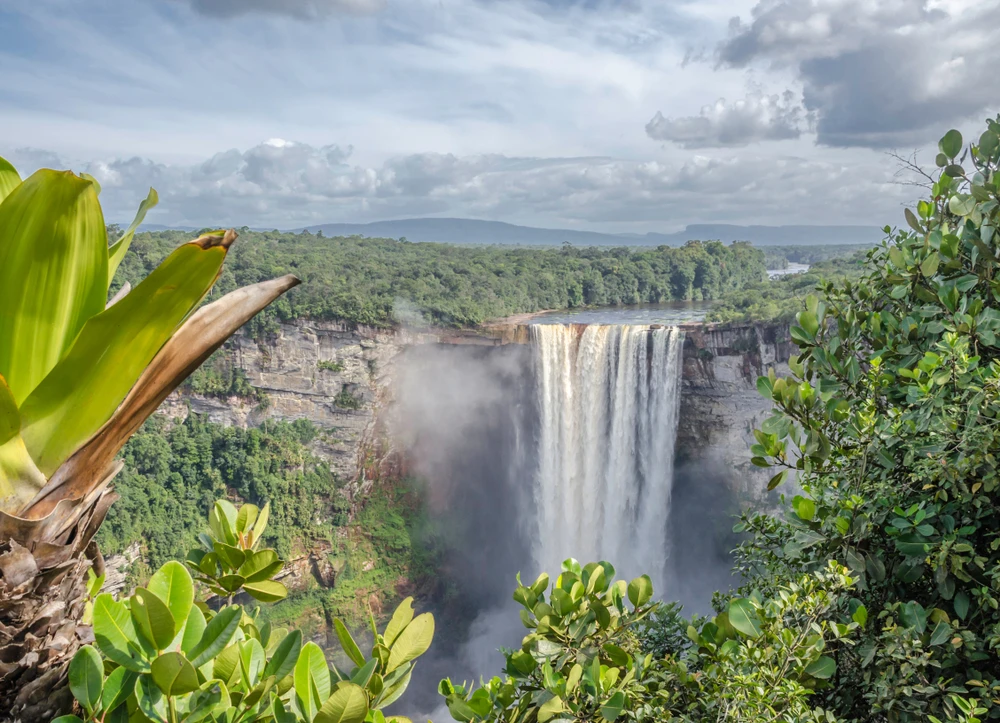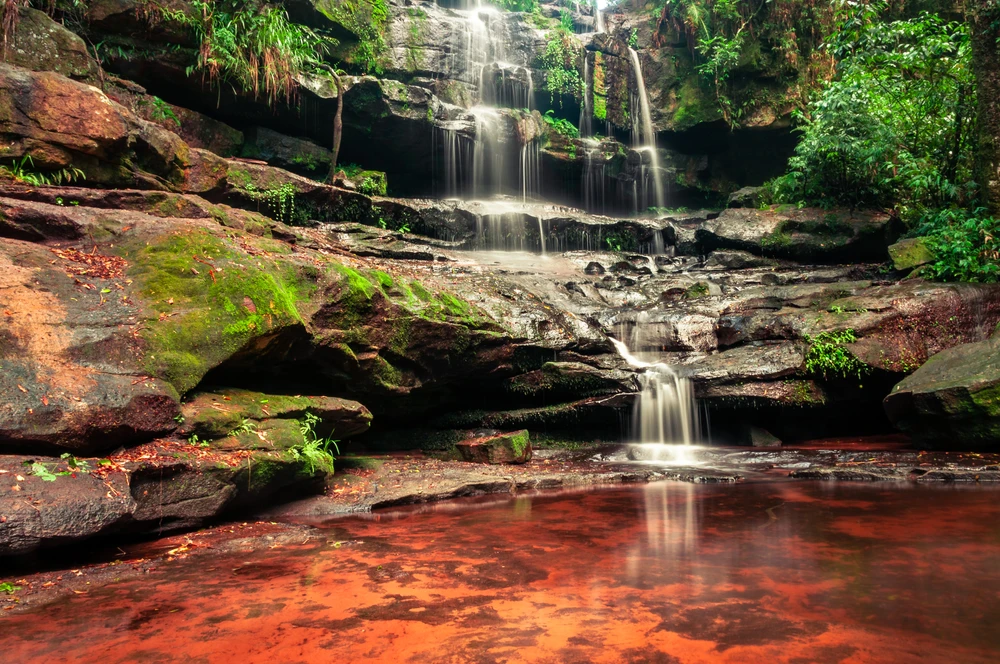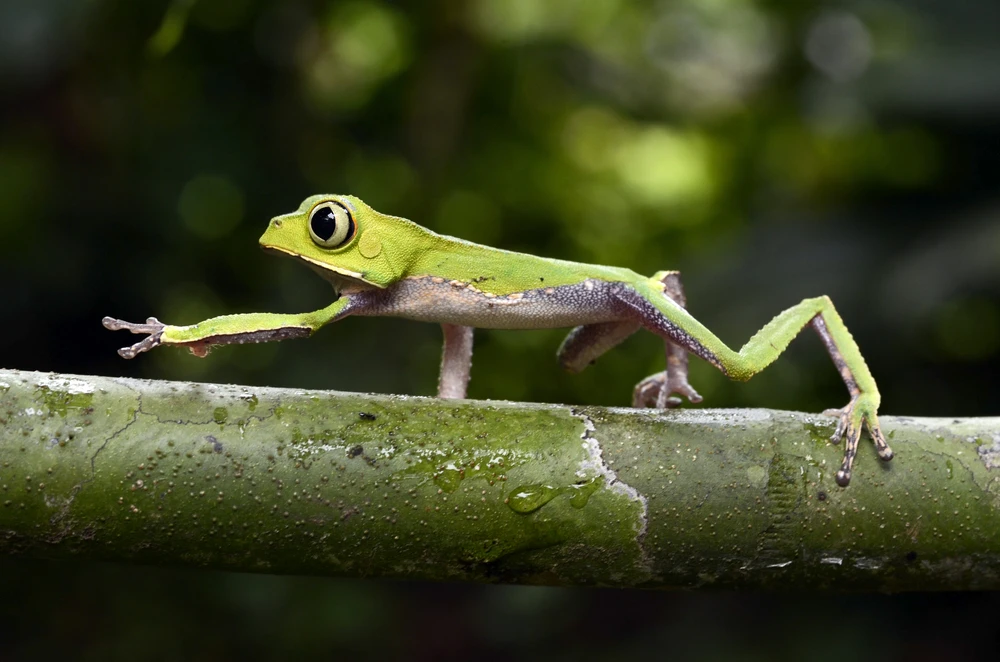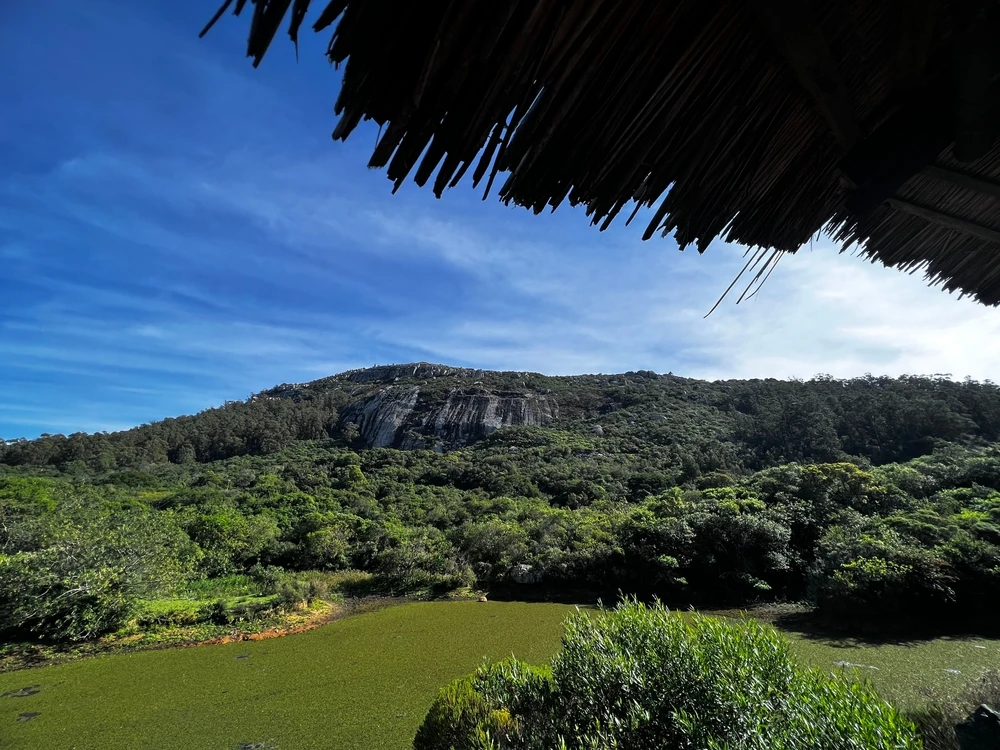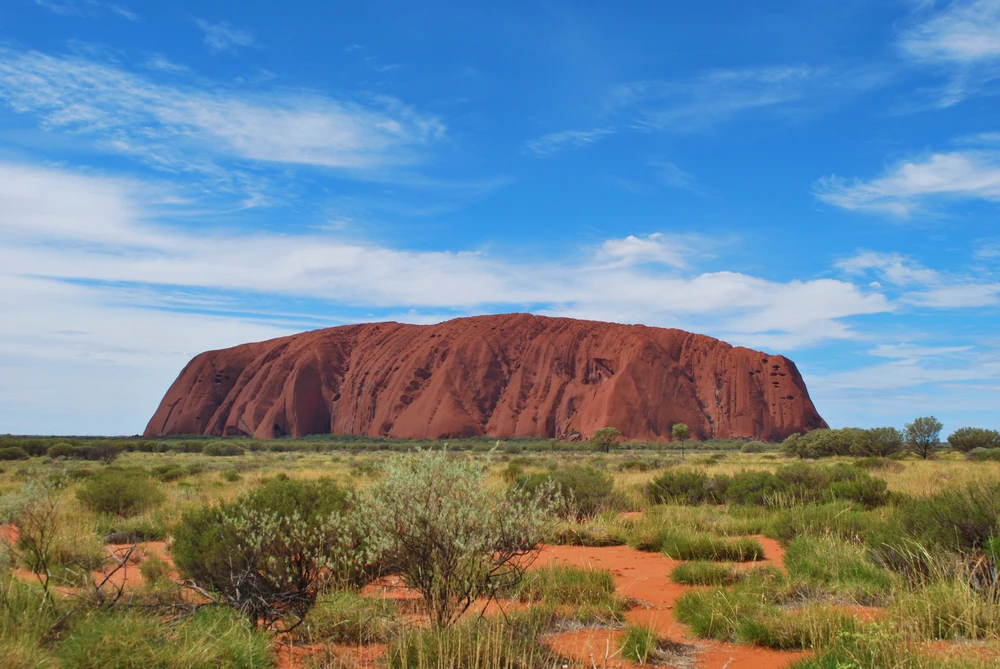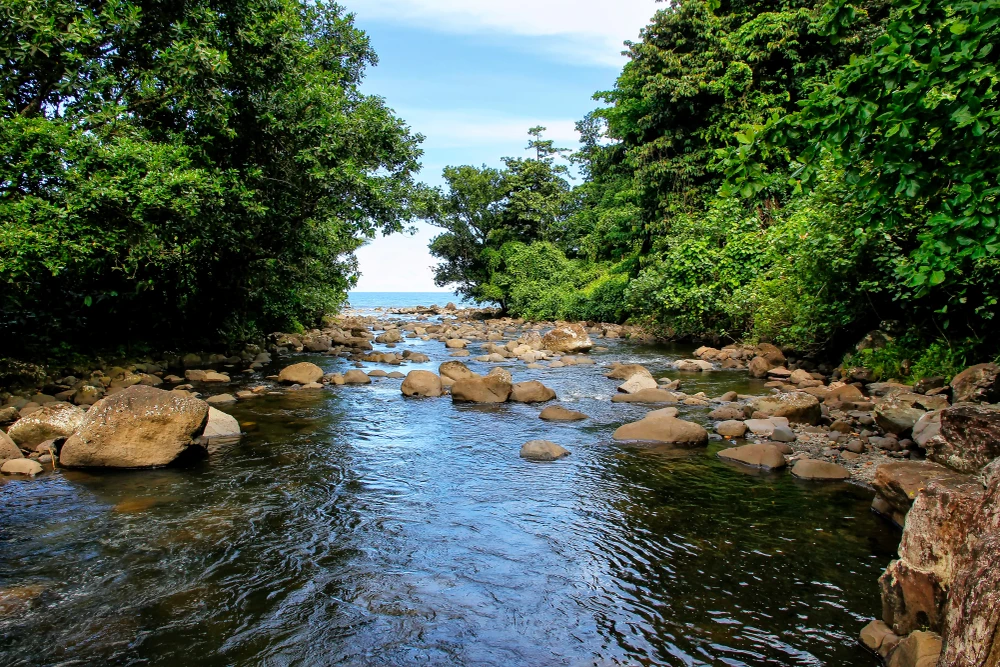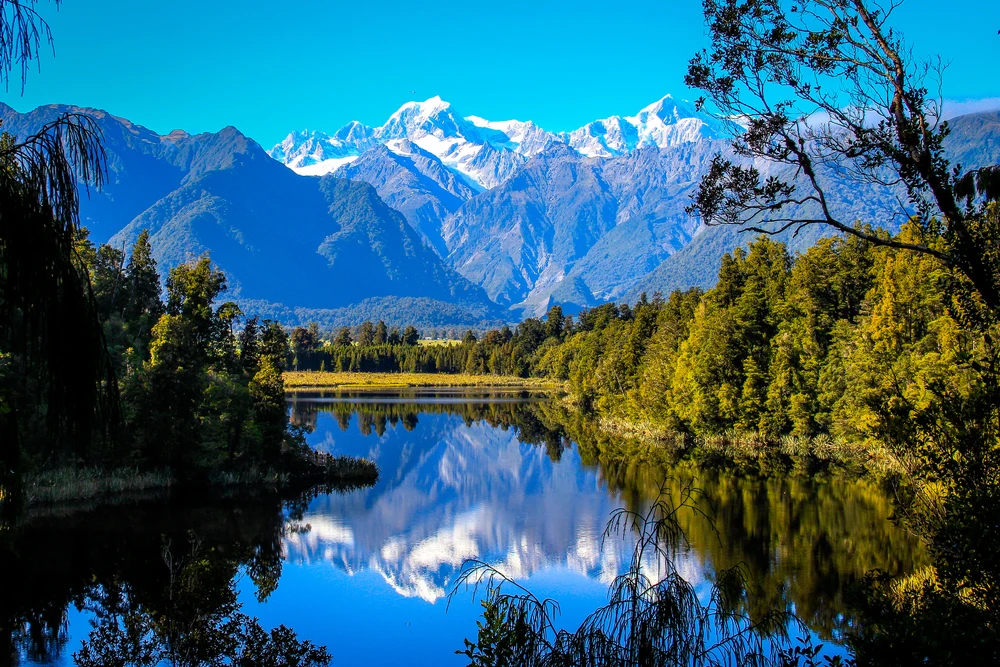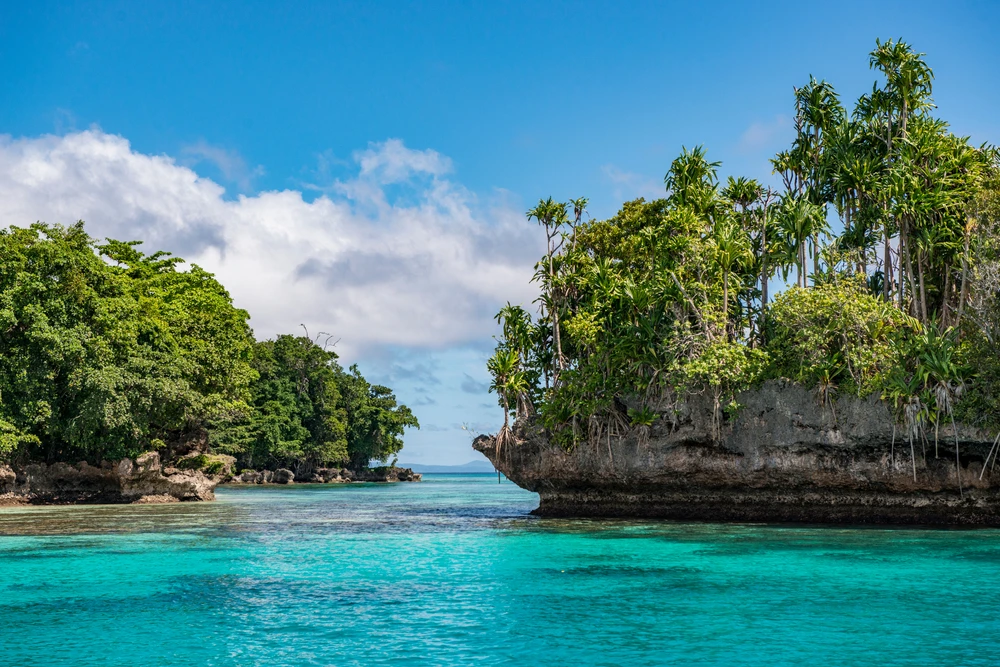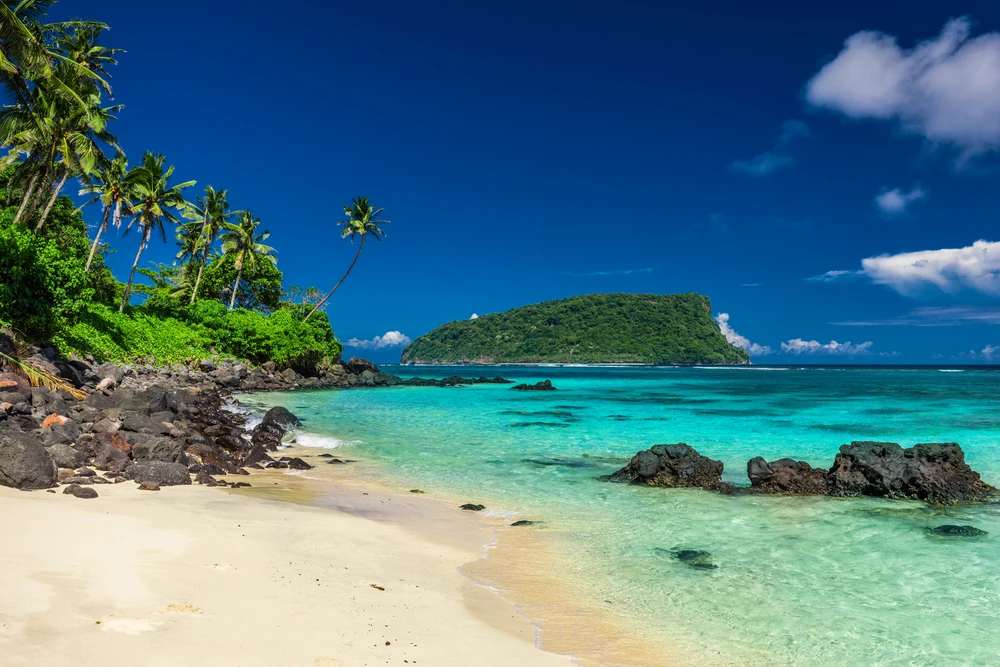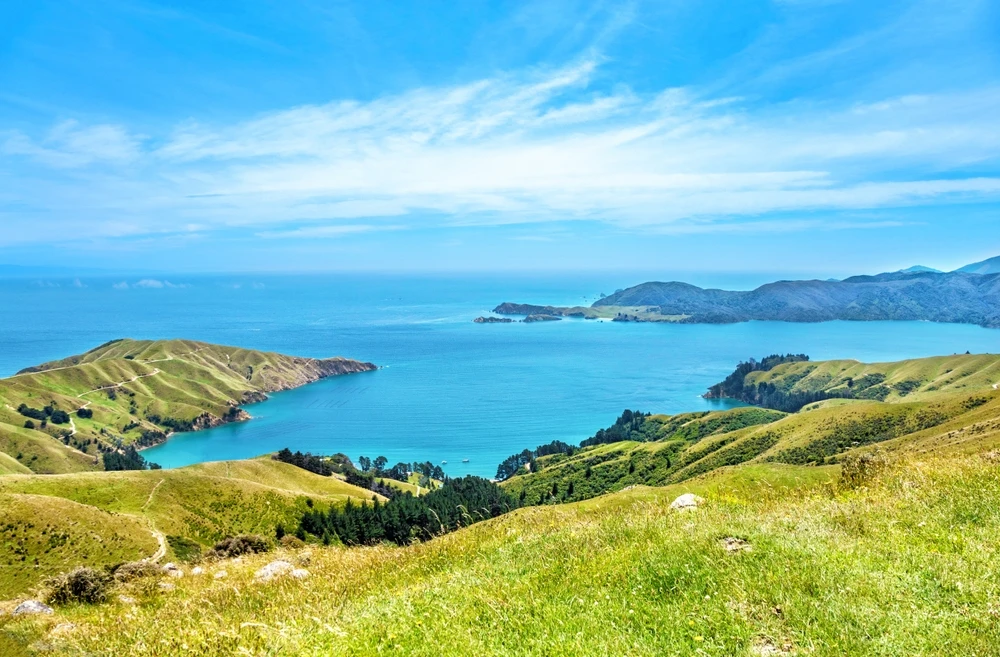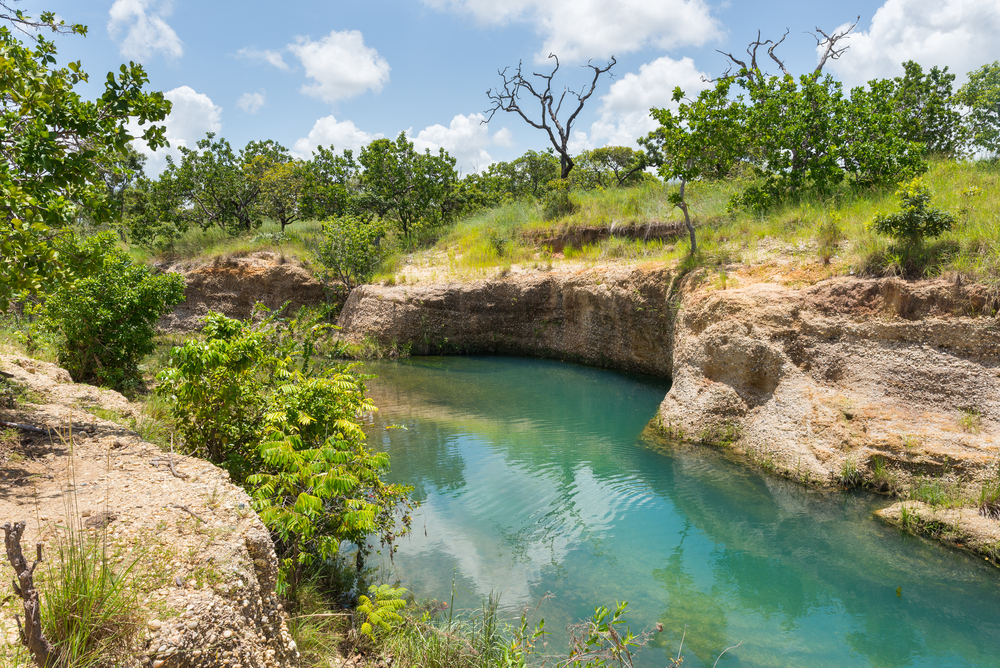Mochima Overview
Mochima National Park, or Parque Nacional Mochima in Spanish, is a stunning protected area located along the northeastern coast of Venezuela. Spanning approximately 3,744 square kilometers (1,446 square miles), this park stretches across the states of Anzoátegui and Sucre, offering a breathtaking mix of marine and terrestrial landscapes.
Established in 1973, Mochima National Park was created to preserve the region’s diverse coastal ecosystems, which include vibrant coral reefs, secluded beaches, and lush mountain ranges. The park is named after the small fishing village of Mochima, which serves as a gateway for visitors exploring the area.
The park is distinguished by its remarkable terrain, blending coastal and mountainous elements. The coastline is dotted with numerous islands, islets, and rocky formations rising from the crystal-clear waters of the Caribbean Sea.
These islands, including Isla Chimana Grande, Isla Caracas, and Isla Borracha, are surrounded by turquoise waters teeming with marine life. Inland, the landscape transitions into lush hills and forested mountains, with the rugged peaks of the Turimiquire Range serving as a dramatic backdrop.
White sandy beaches, such as Playa Colorada and Playa Las Maritas, provide serene escapes, while mangrove swamps and estuaries create crucial habitats for wildlife. The combination of marine and terrestrial environments makes Mochima one of the most diverse national parks in Venezuela.
Mochima National Park is home to an impressive variety of wildlife, both on land and in the sea. The coastal waters are known for their thriving populations of dolphins, including the bottlenose dolphin, which can often be seen swimming near boats or along the shores.
The park’s marine biodiversity is also highlighted by sea turtles, including the green and hawksbill turtles, which use the beaches for nesting. The coral reefs are filled with vibrant fish species, such as angelfish, parrotfish, and moray eels, while deeper waters may even reveal the occasional sighting of whales.
On land, visitors can encounter agoutis, opossums, and armadillos, as well as various species of snakes and lizards. Birdwatchers will appreciate the park’s abundant avian life, including frigatebirds, pelicans, and the striking scarlet macaw, which adds bursts of color to the forested areas.
One of the park’s most attractive features is its pristine beaches, which draw visitors seeking relaxation and adventure. Playa Colorada is famous for its reddish-hued sand, while Playa Blanca and Playa El Faro are known for their calm, crystal-clear waters.
The islands and coral reefs make the park an ideal destination for snorkeling and scuba diving, offering glimpses of an underwater world filled with colorful marine life. Boat tours are a popular way to explore the park, allowing visitors to visit remote islands, discover hidden coves, and even interact with friendly dolphins. Hiking opportunities also abound, with trails leading through the hills and providing spectacular panoramic views of the coastline.
Conservation efforts in Mochima National Park have focused on protecting its delicate ecosystems, particularly the marine environments threatened by pollution and unregulated tourism. Illegal fishing and coral reef degradation have posed significant challenges, prompting authorities to implement stricter regulations.
Community-based conservation projects have been instrumental in educating locals and visitors about sustainable practices, ensuring that the park’s natural beauty and biodiversity remain intact for future generations. Despite these challenges, Mochima remains one of Venezuela’s most treasured national parks, offering an unparalleled blend of coastal and mountainous wonders.

